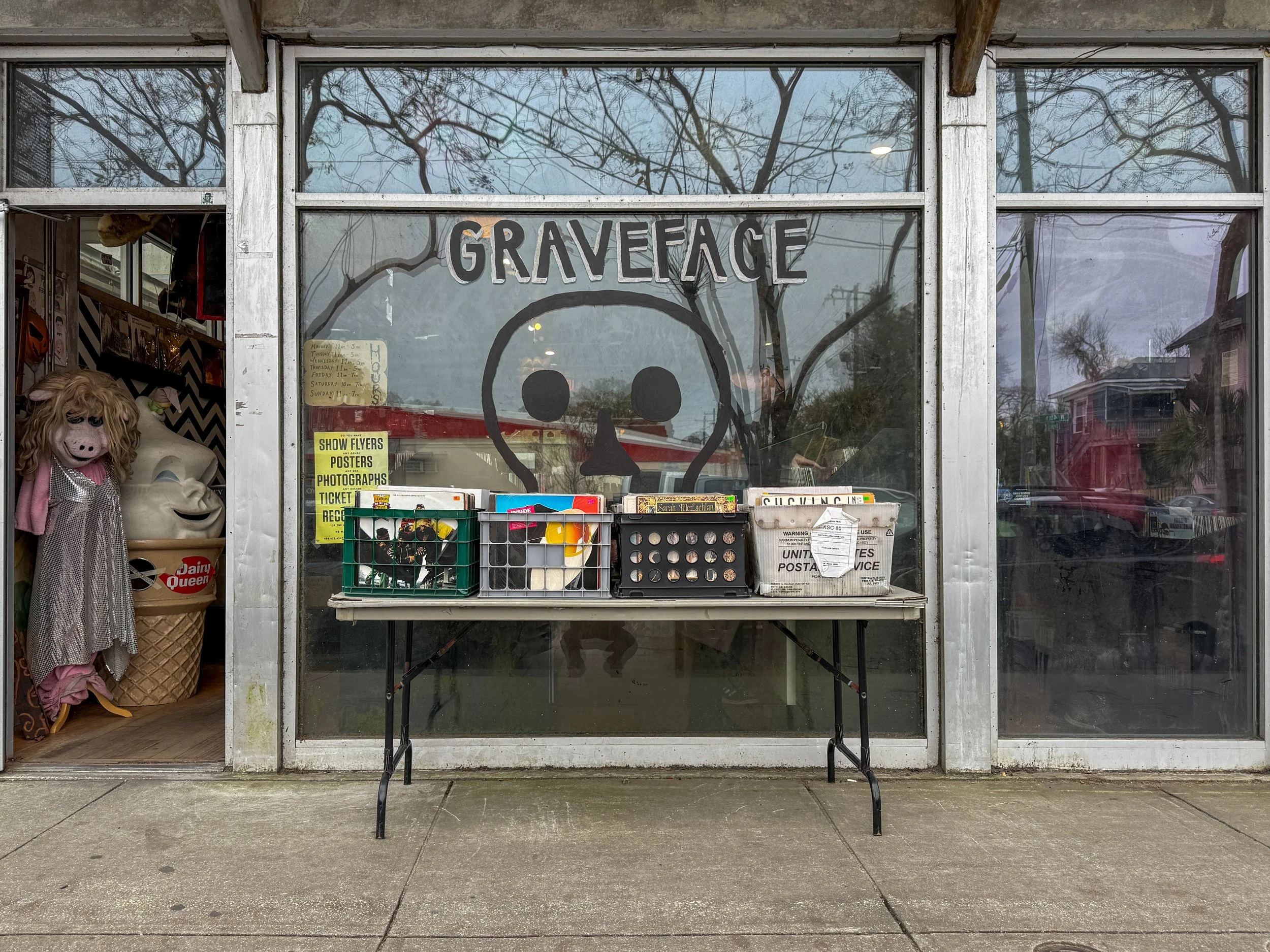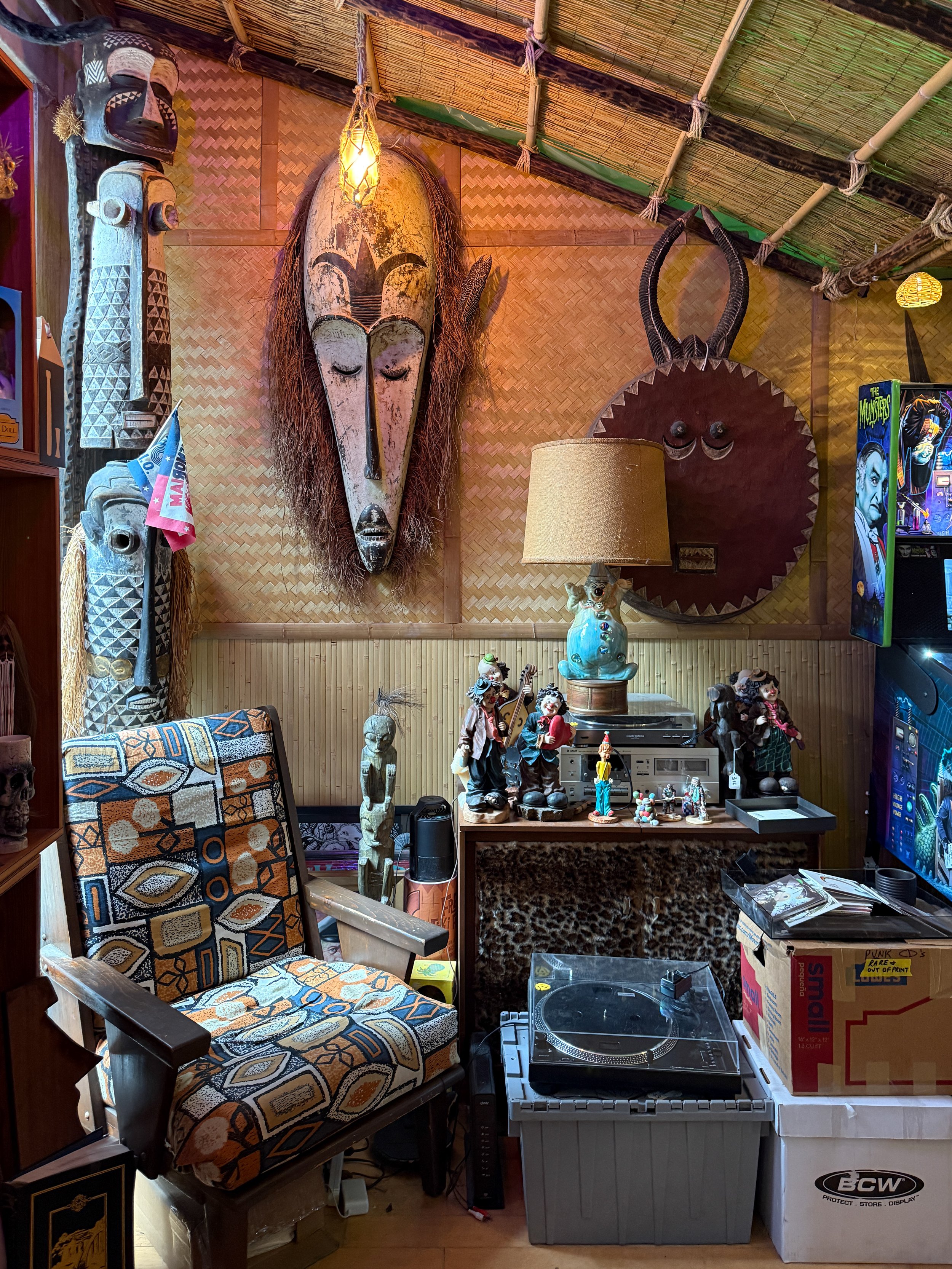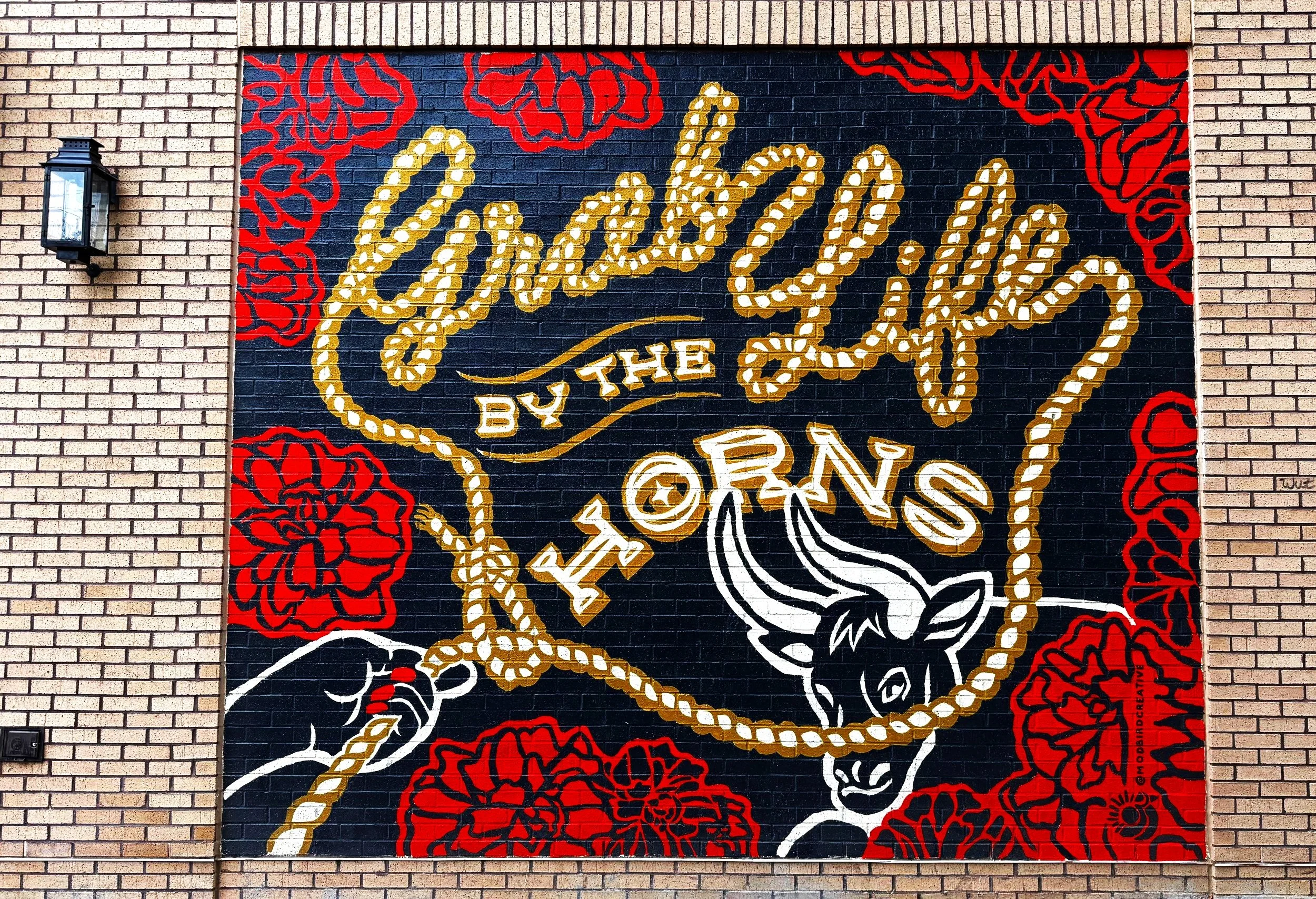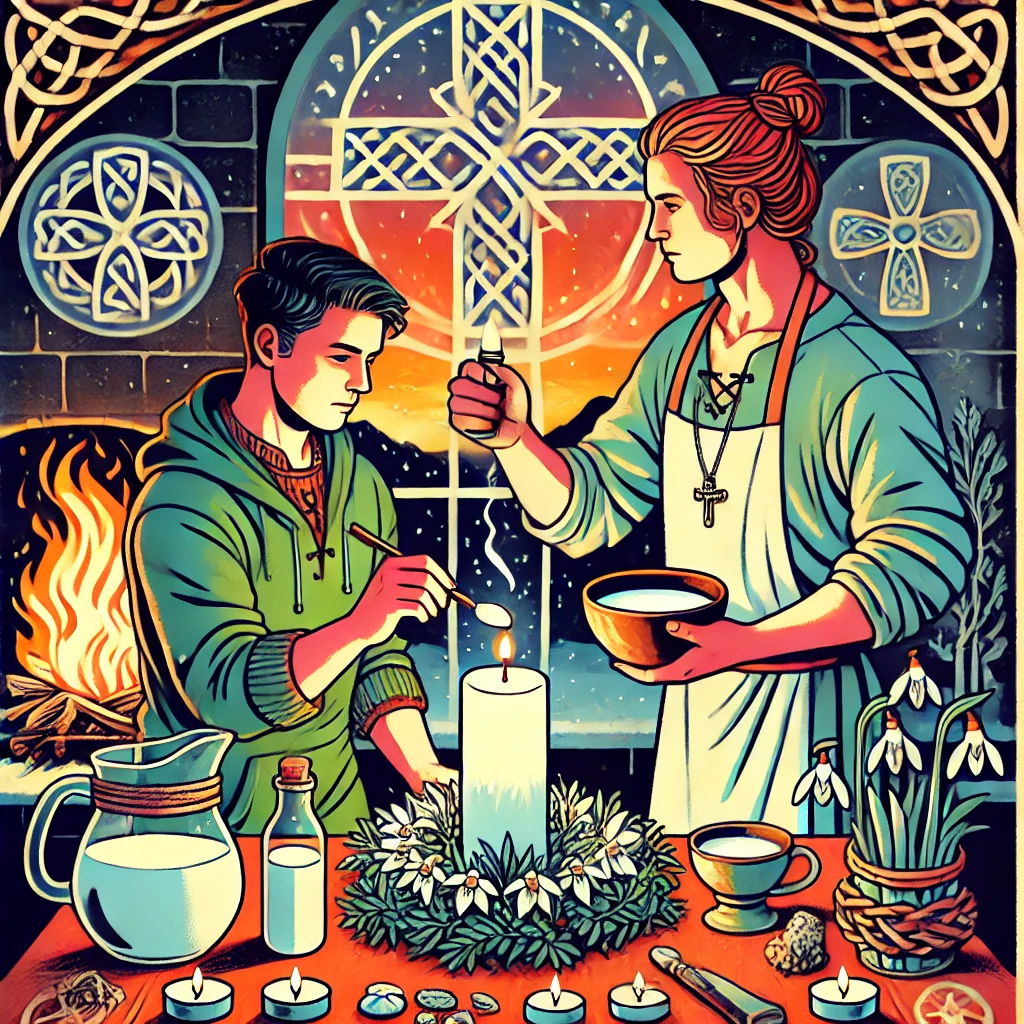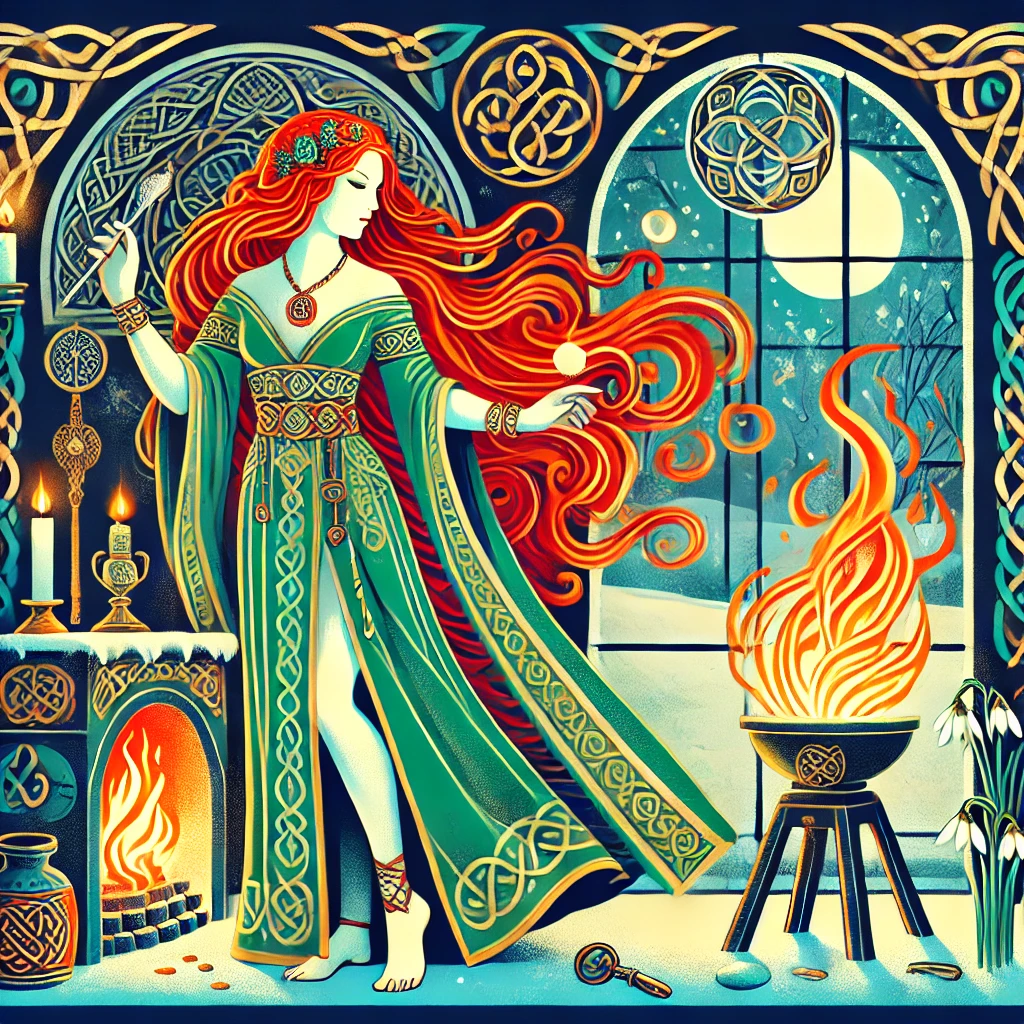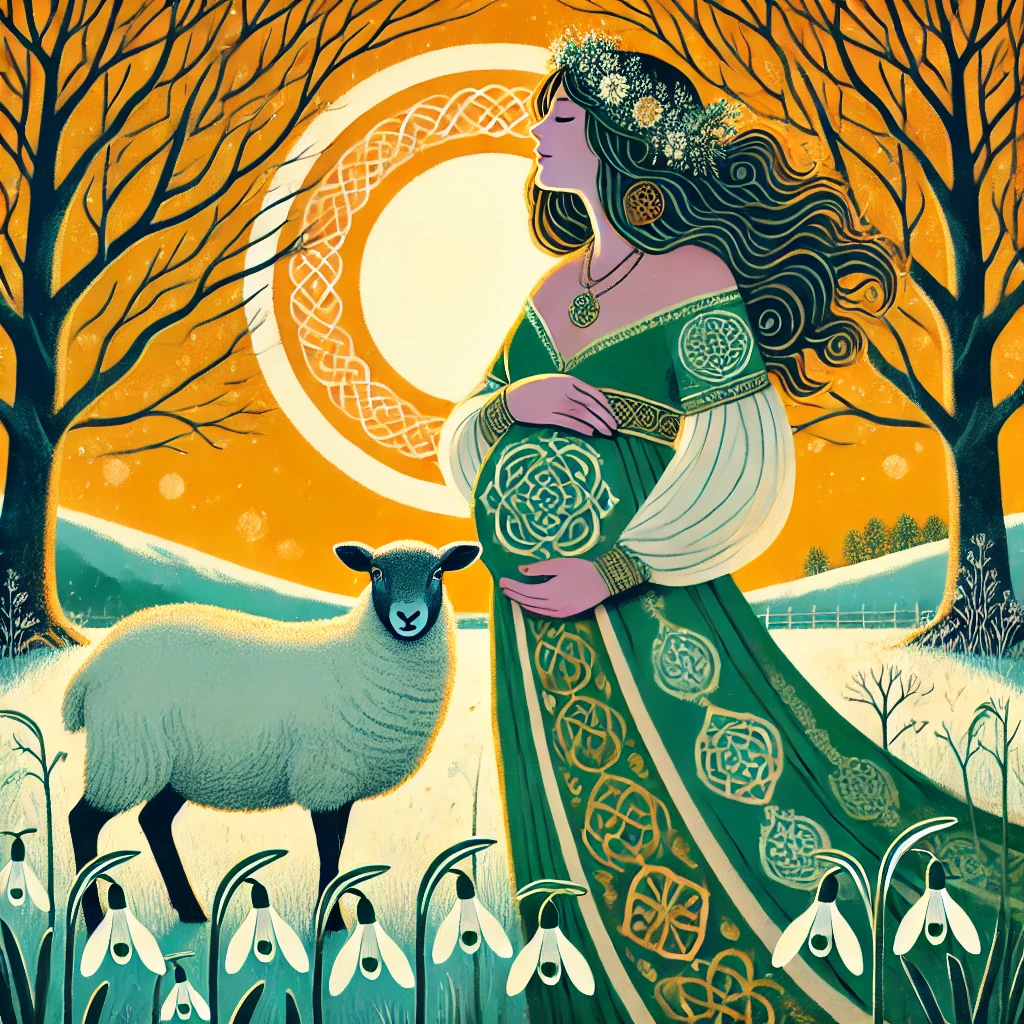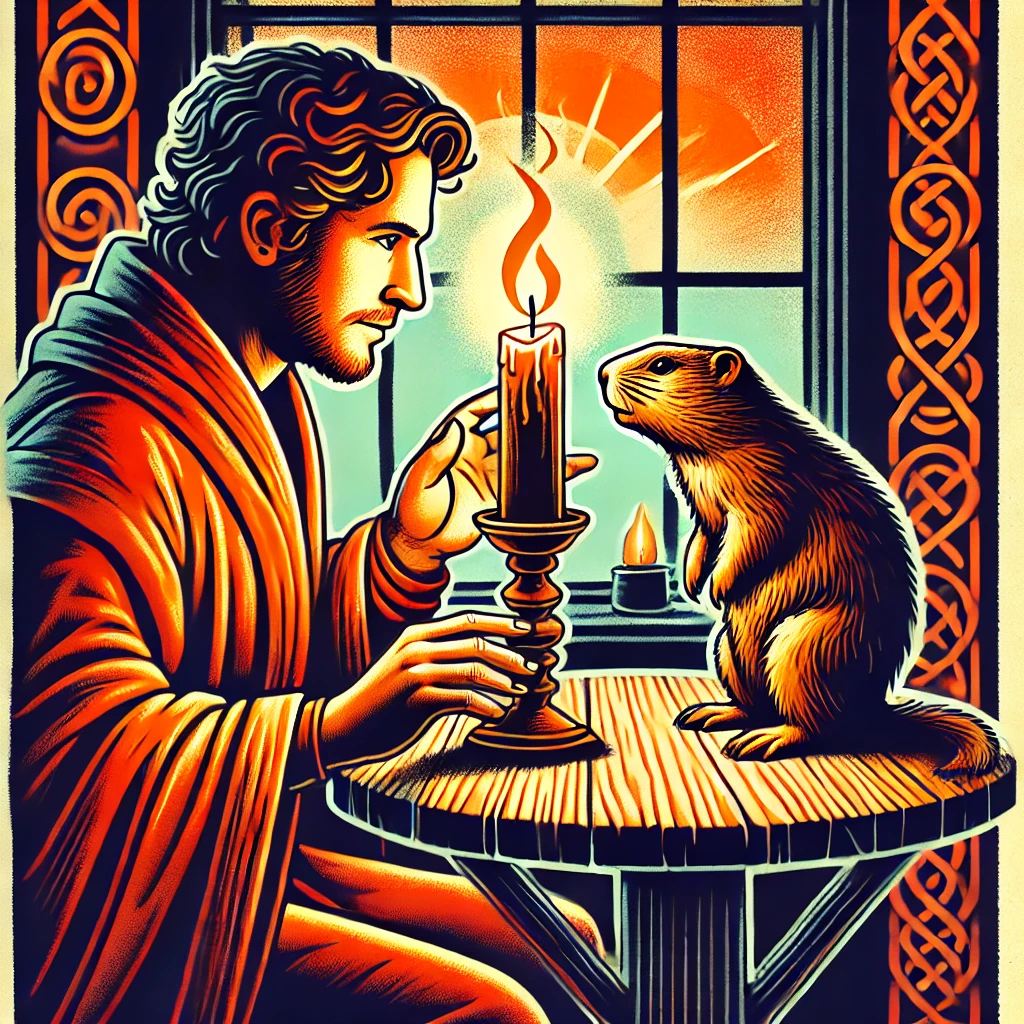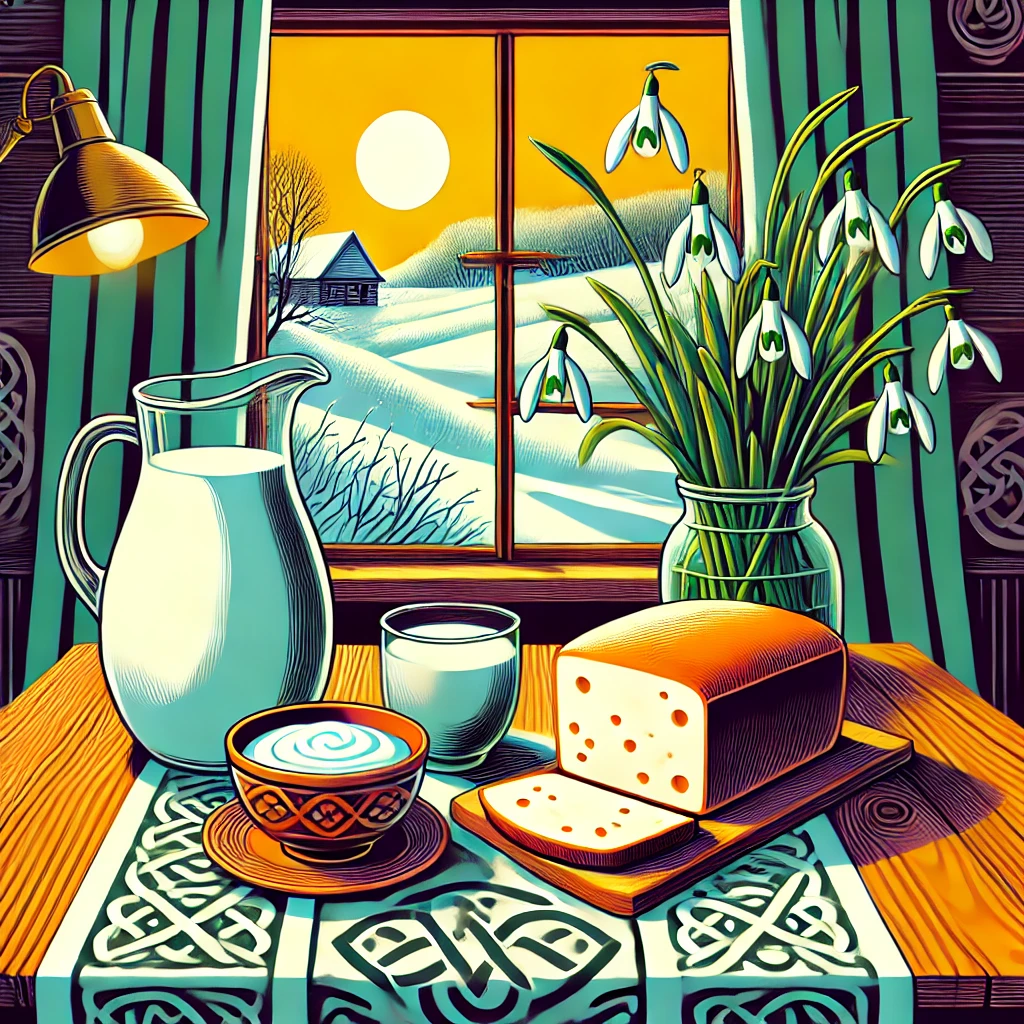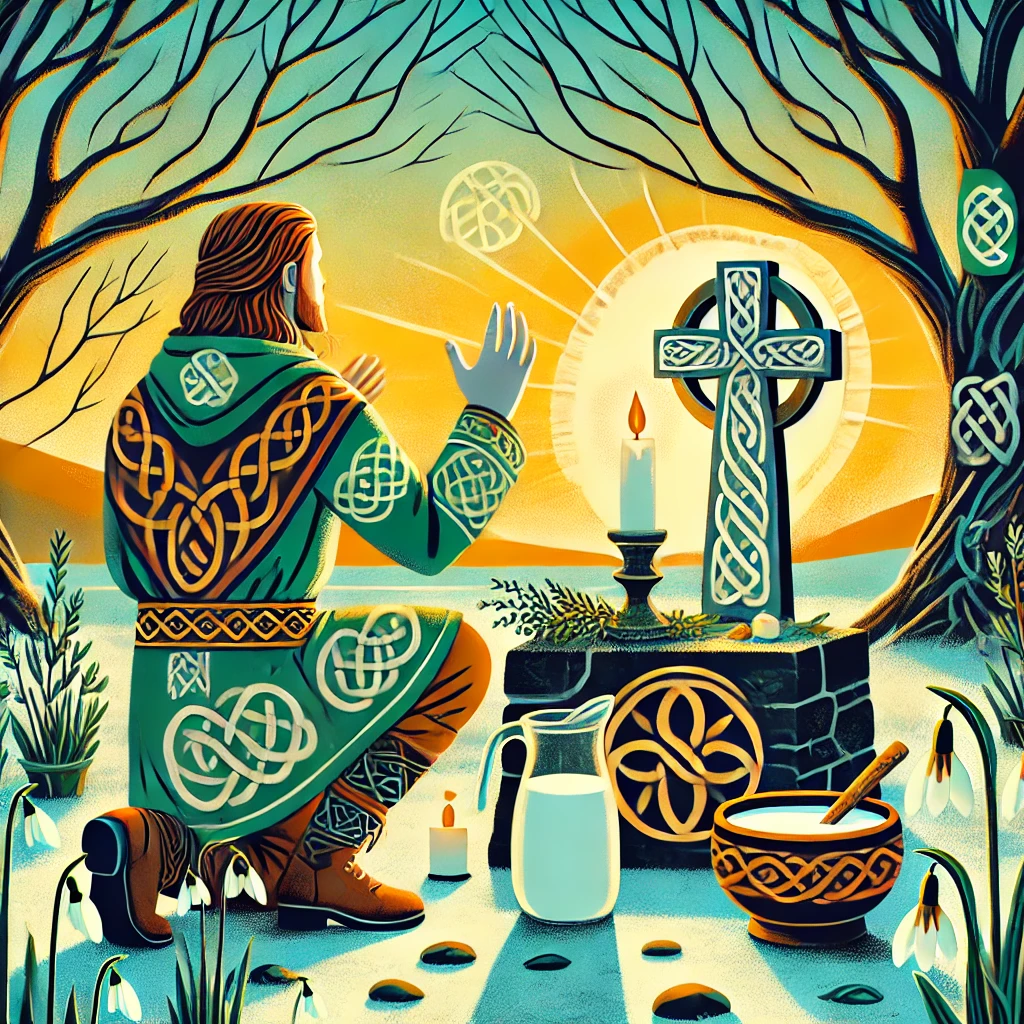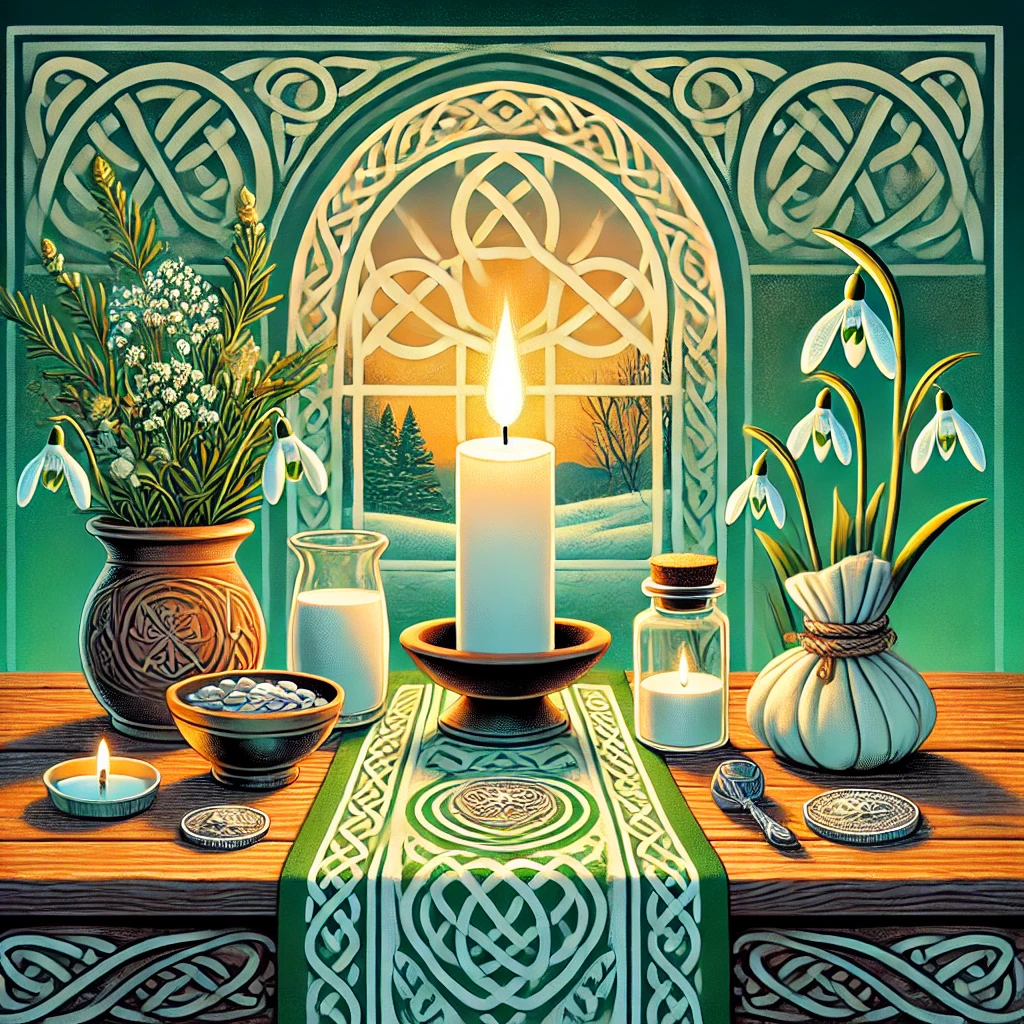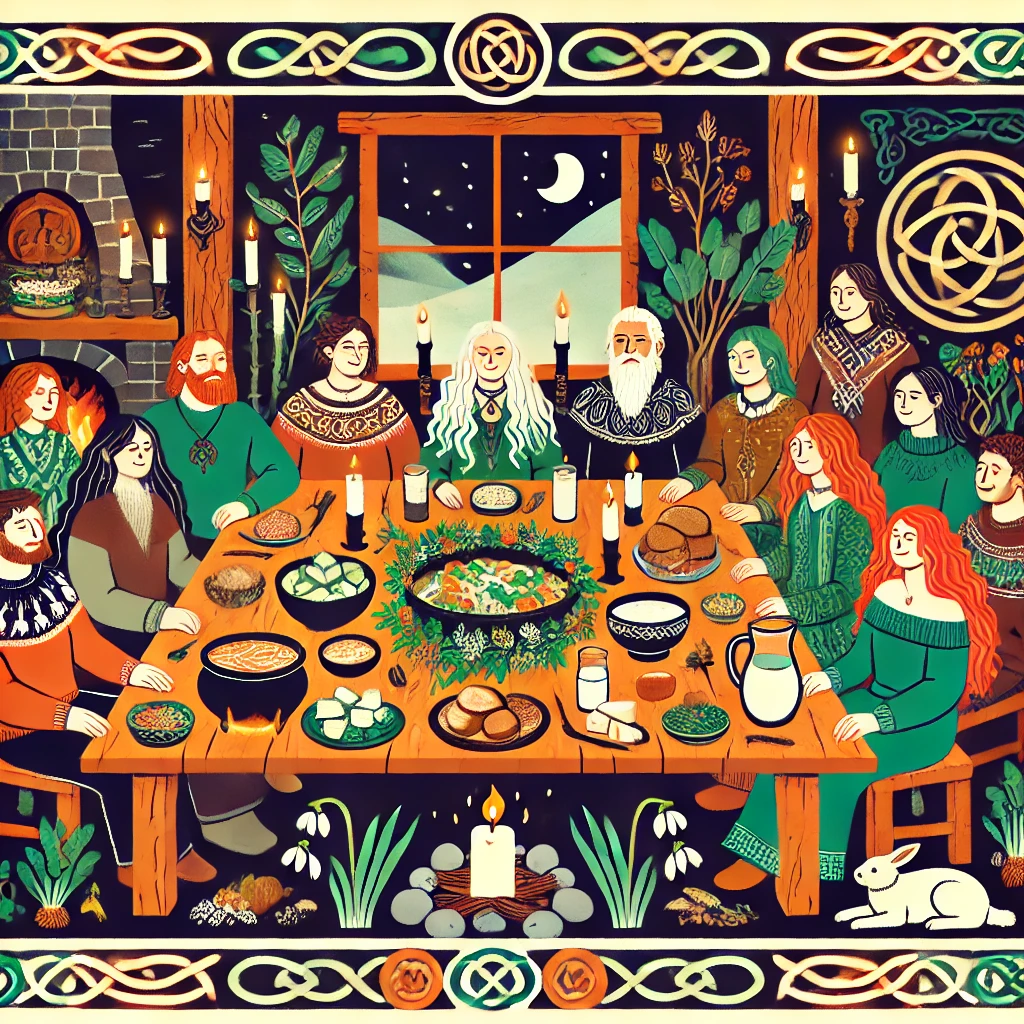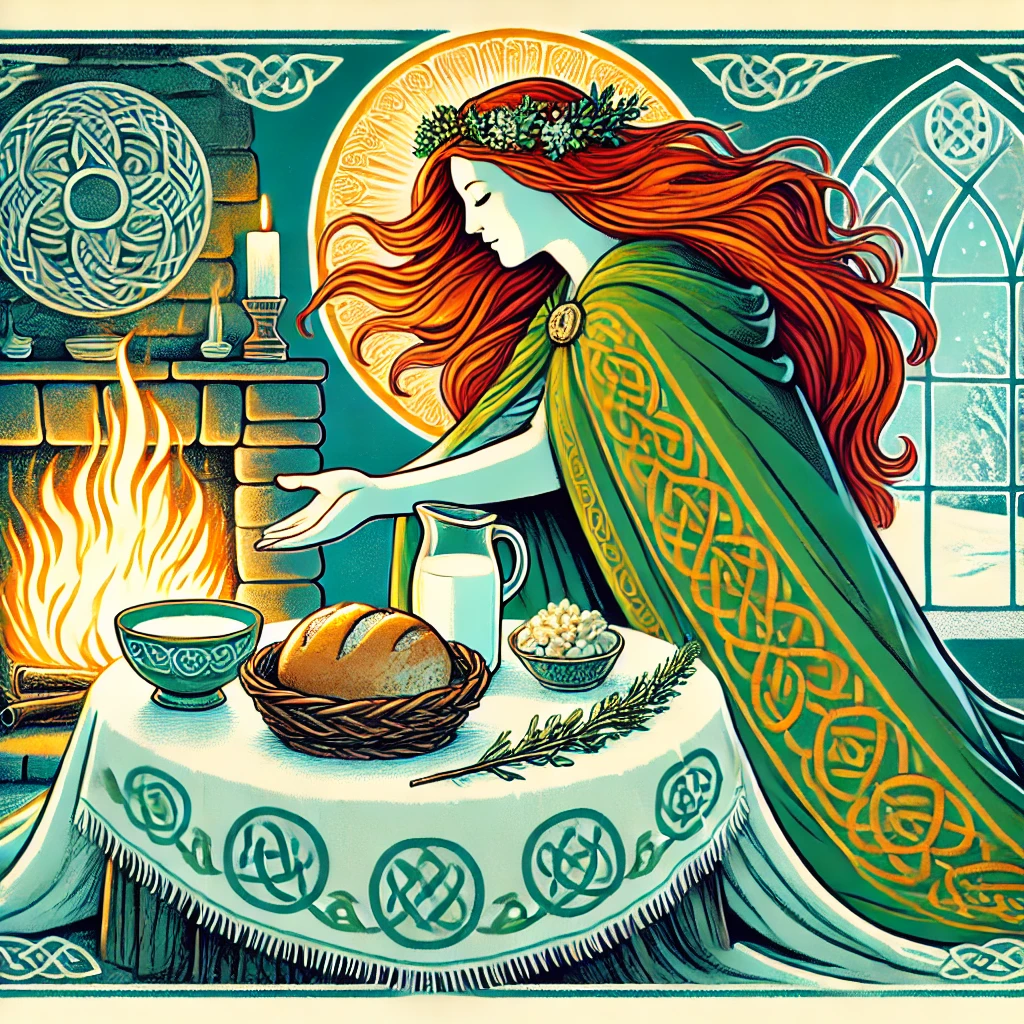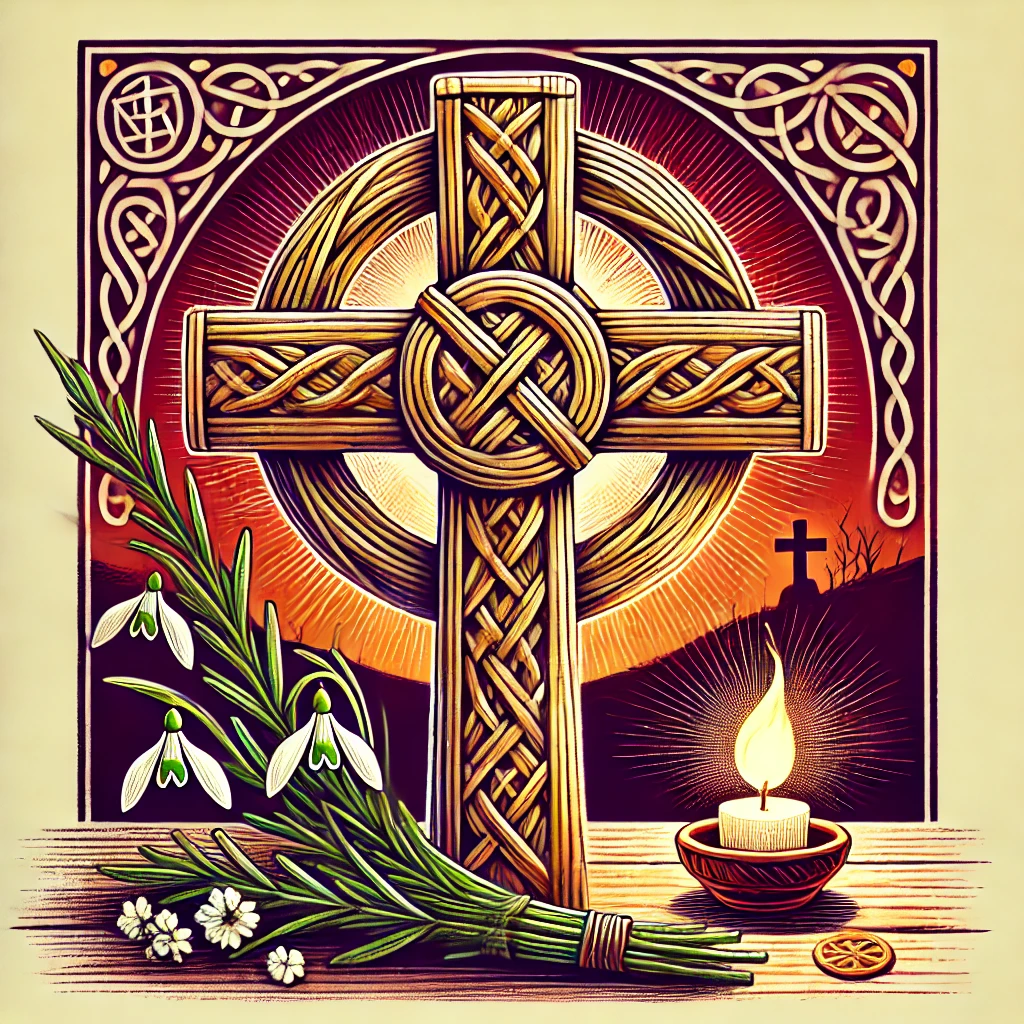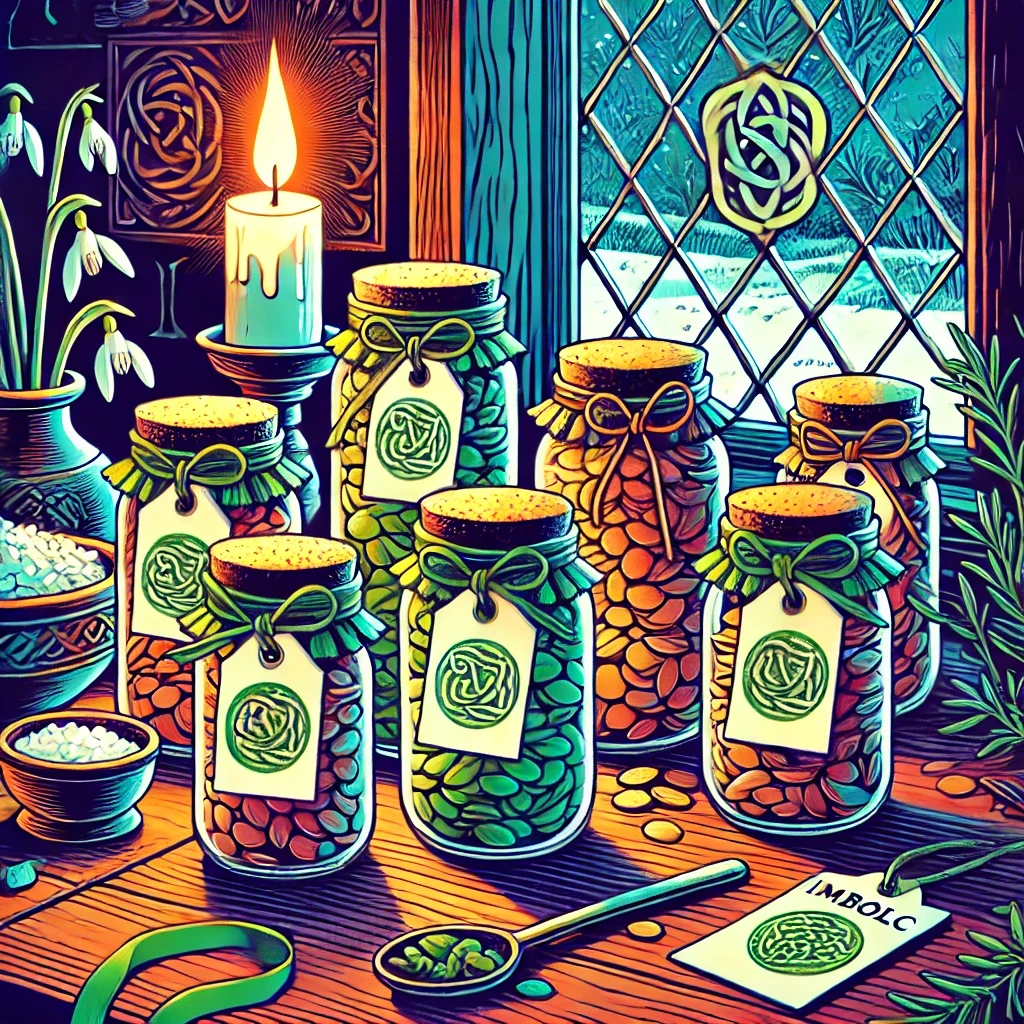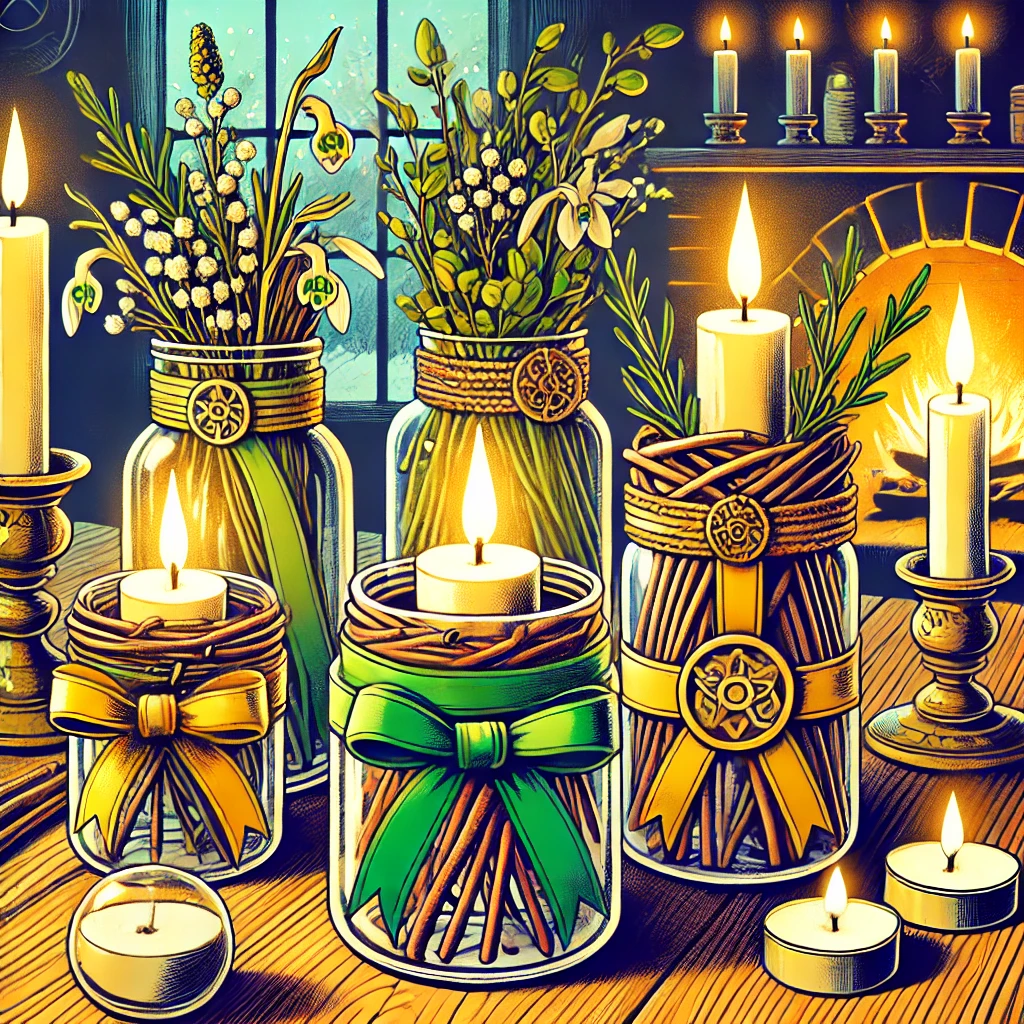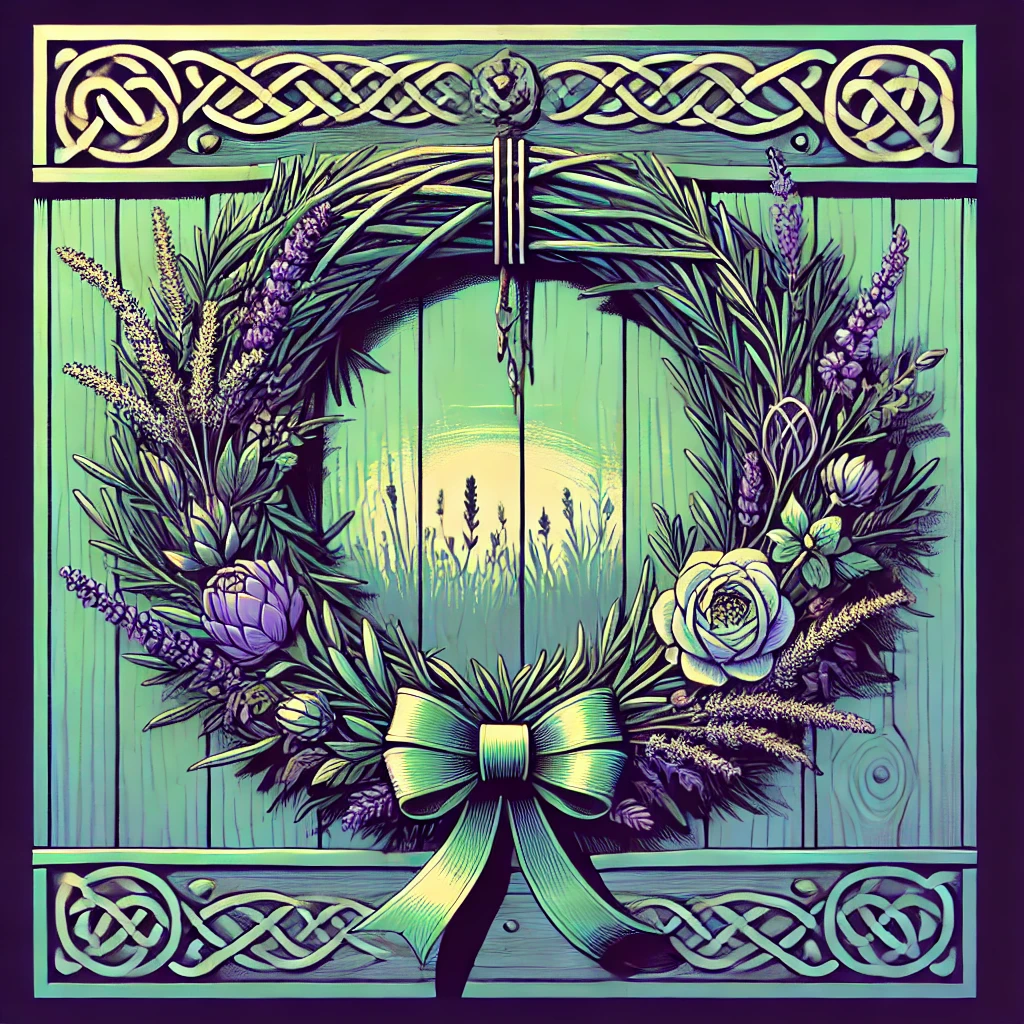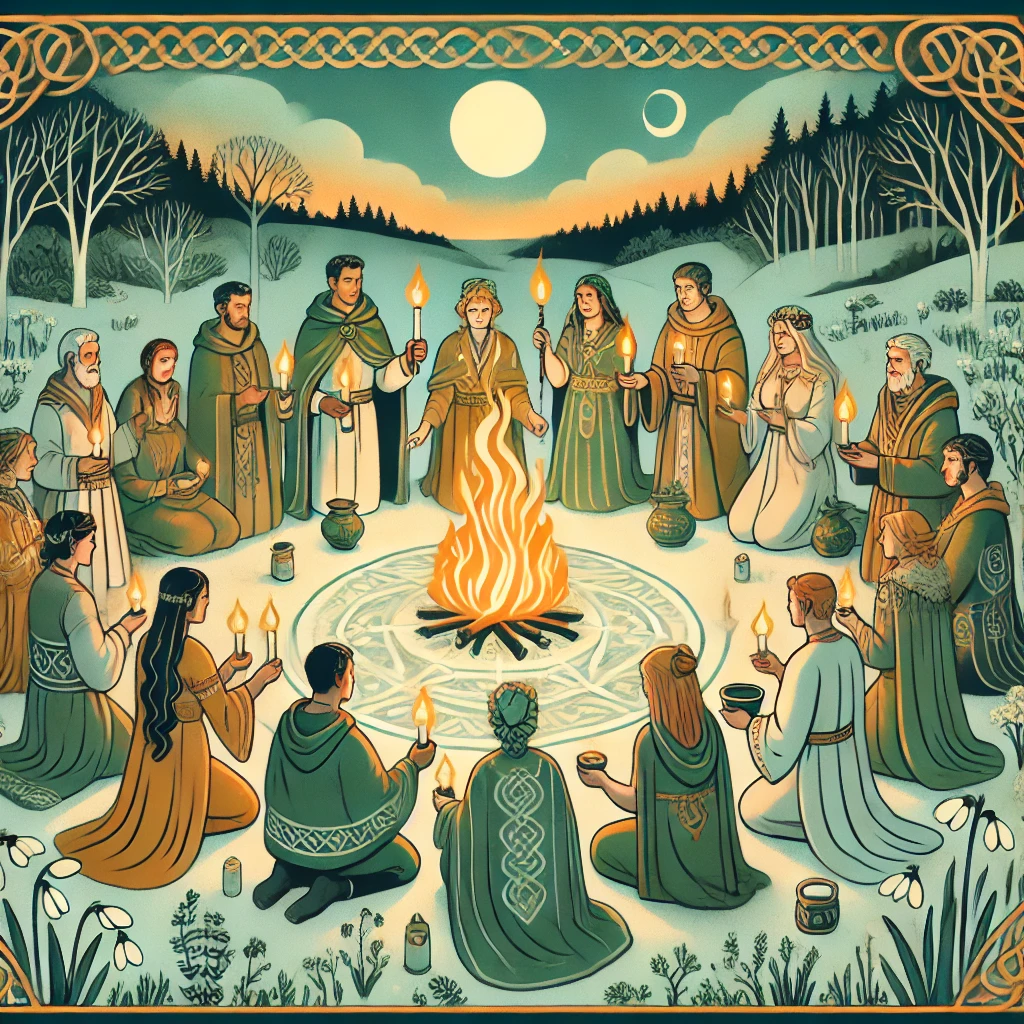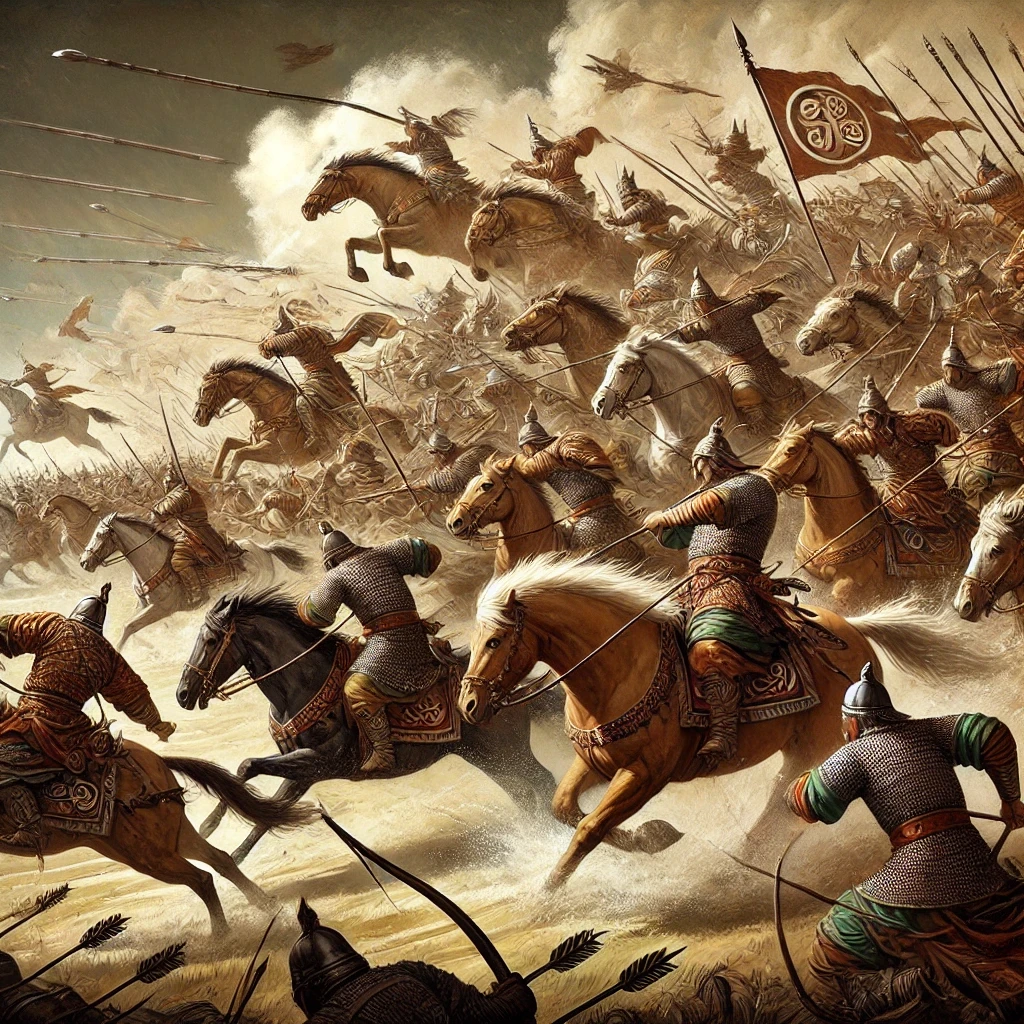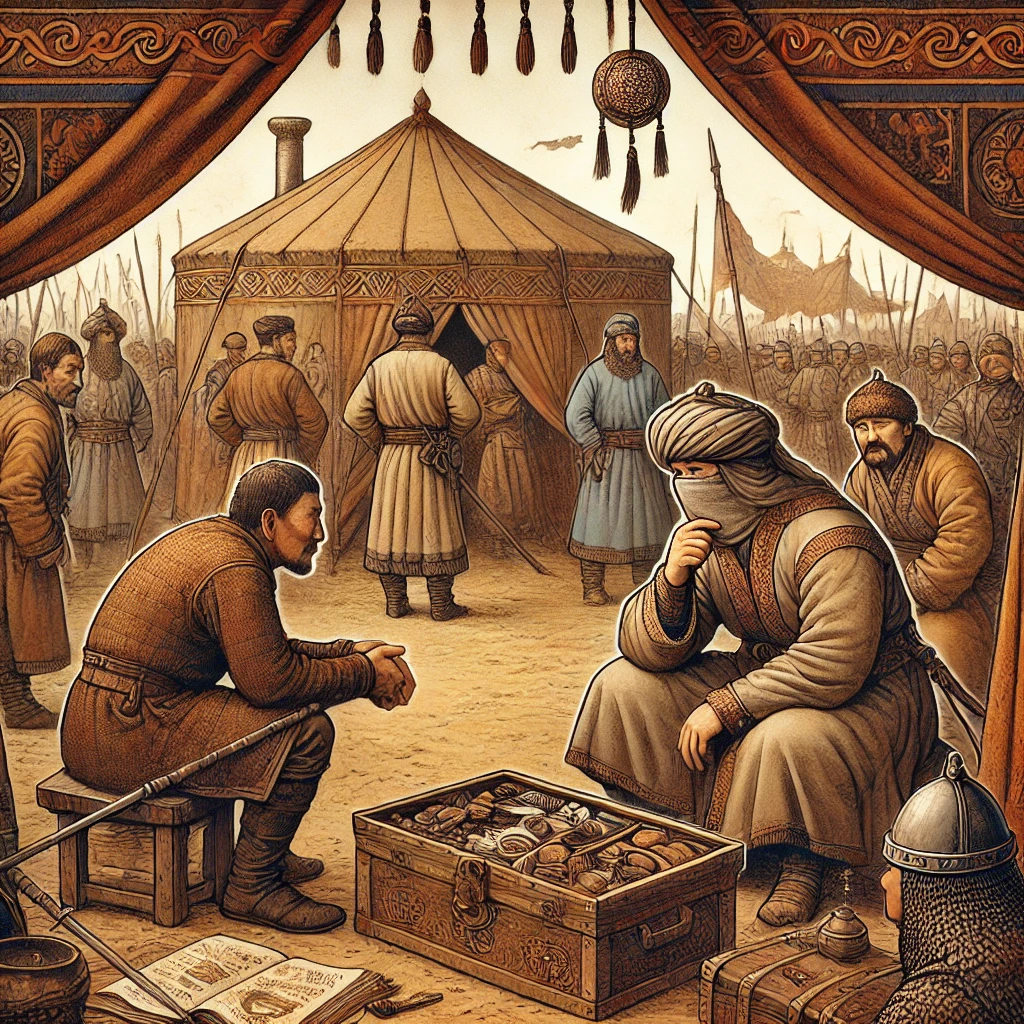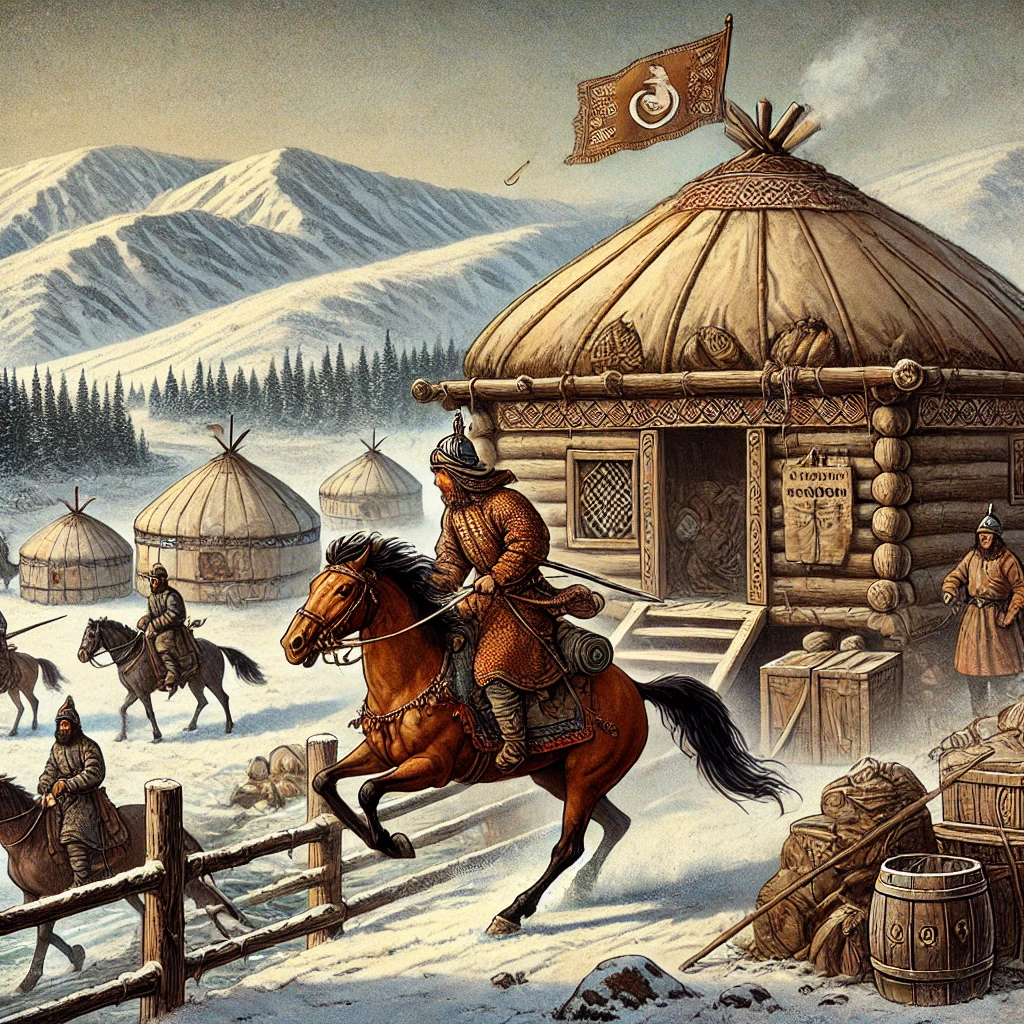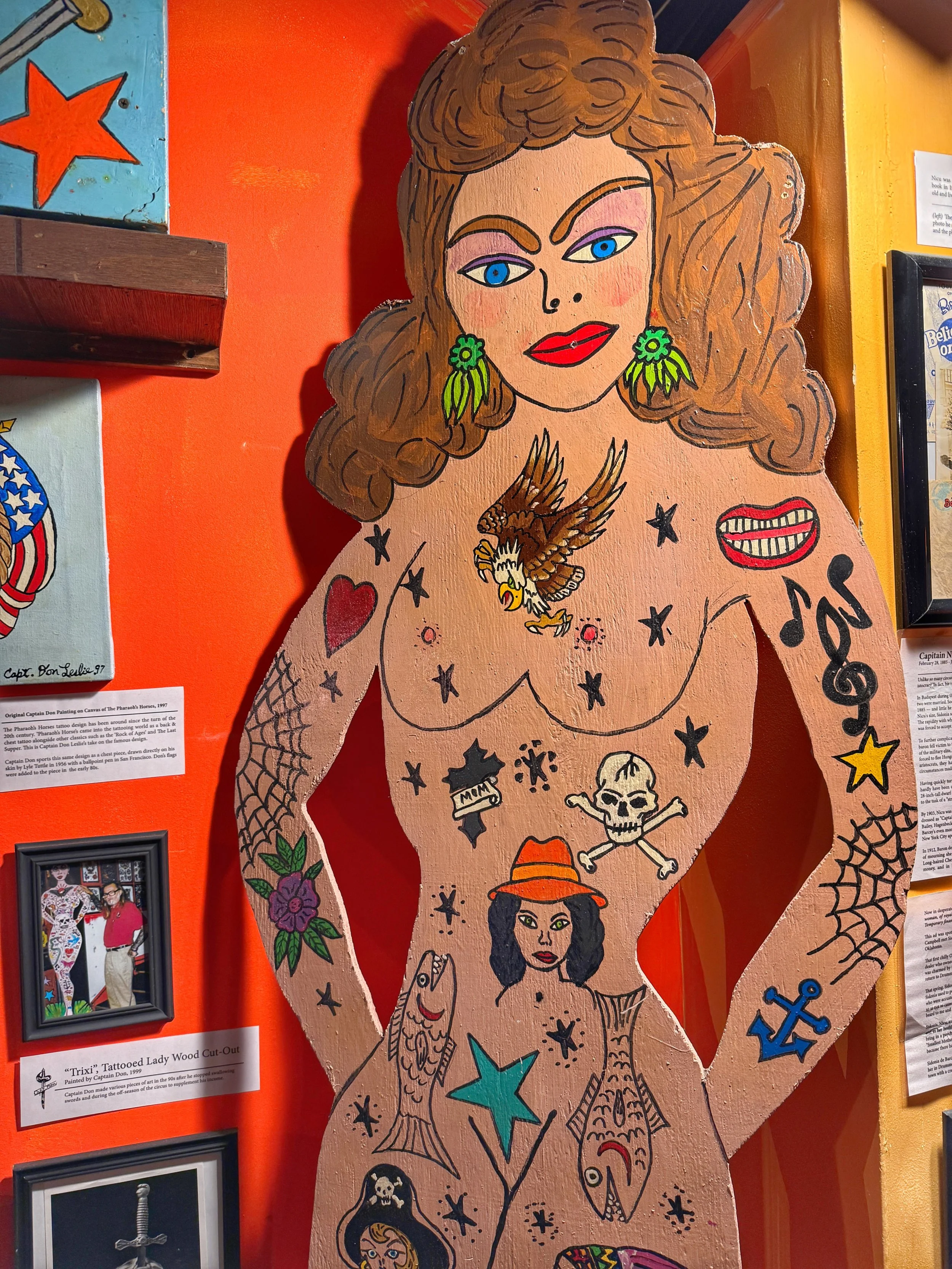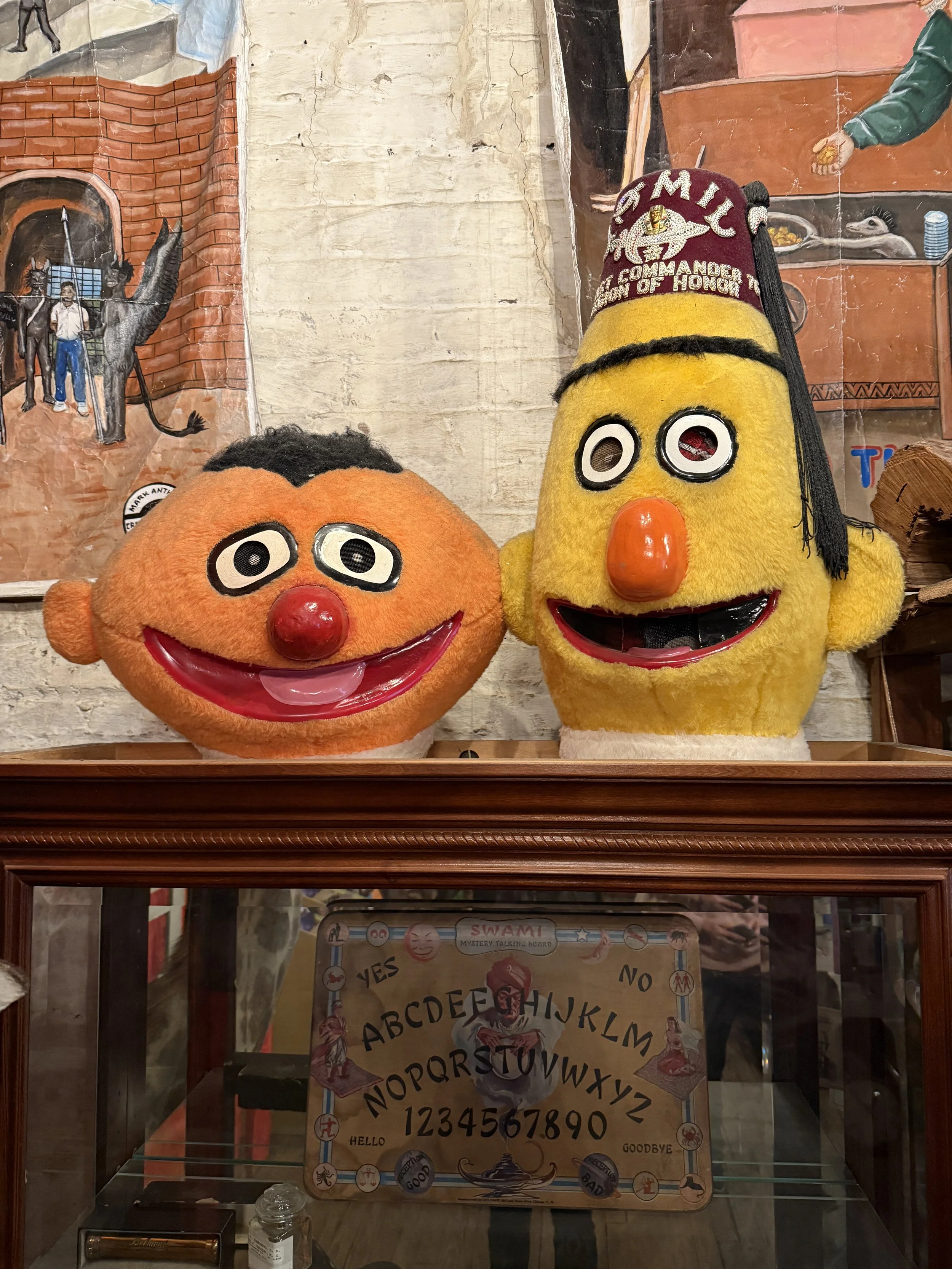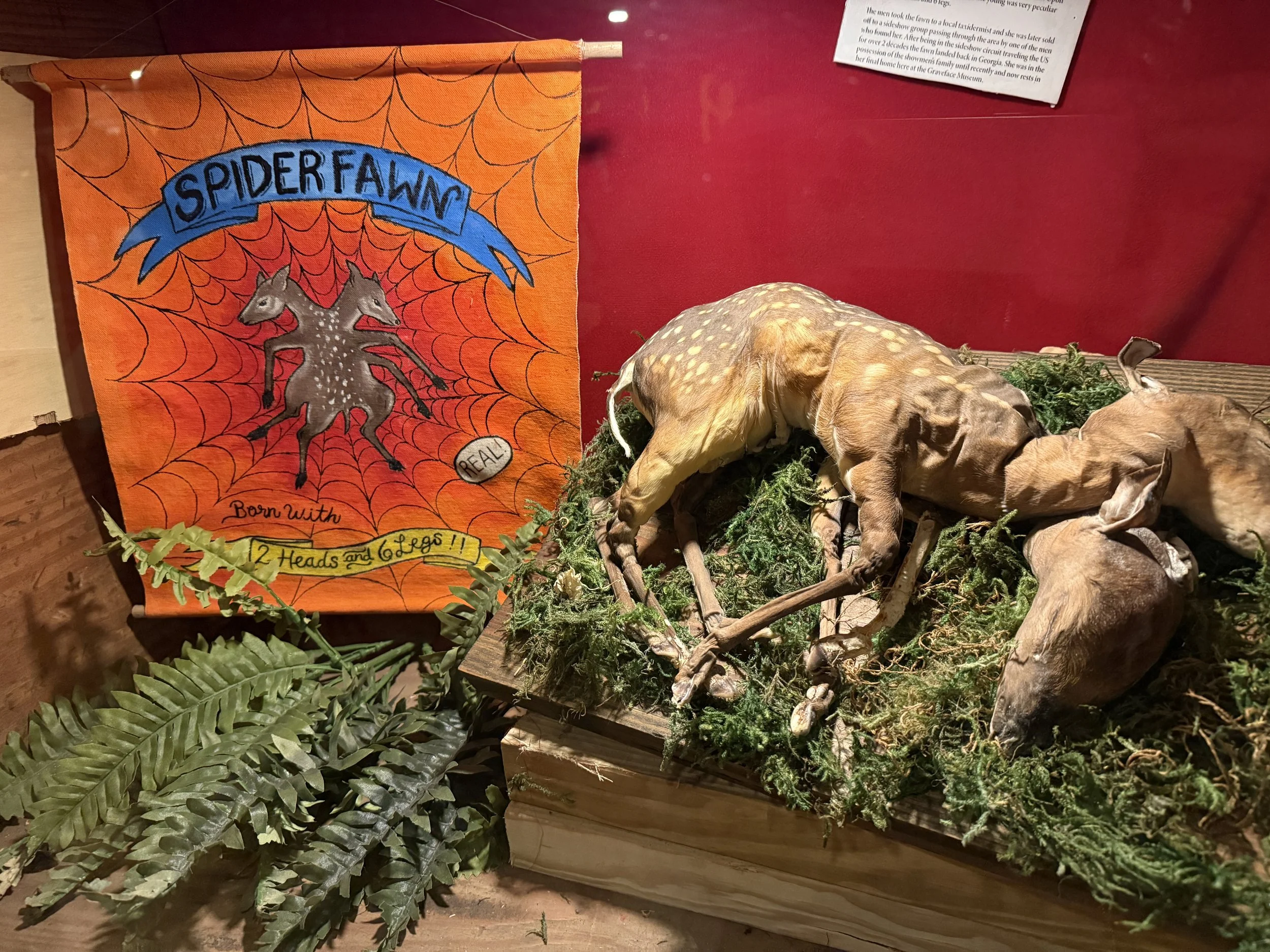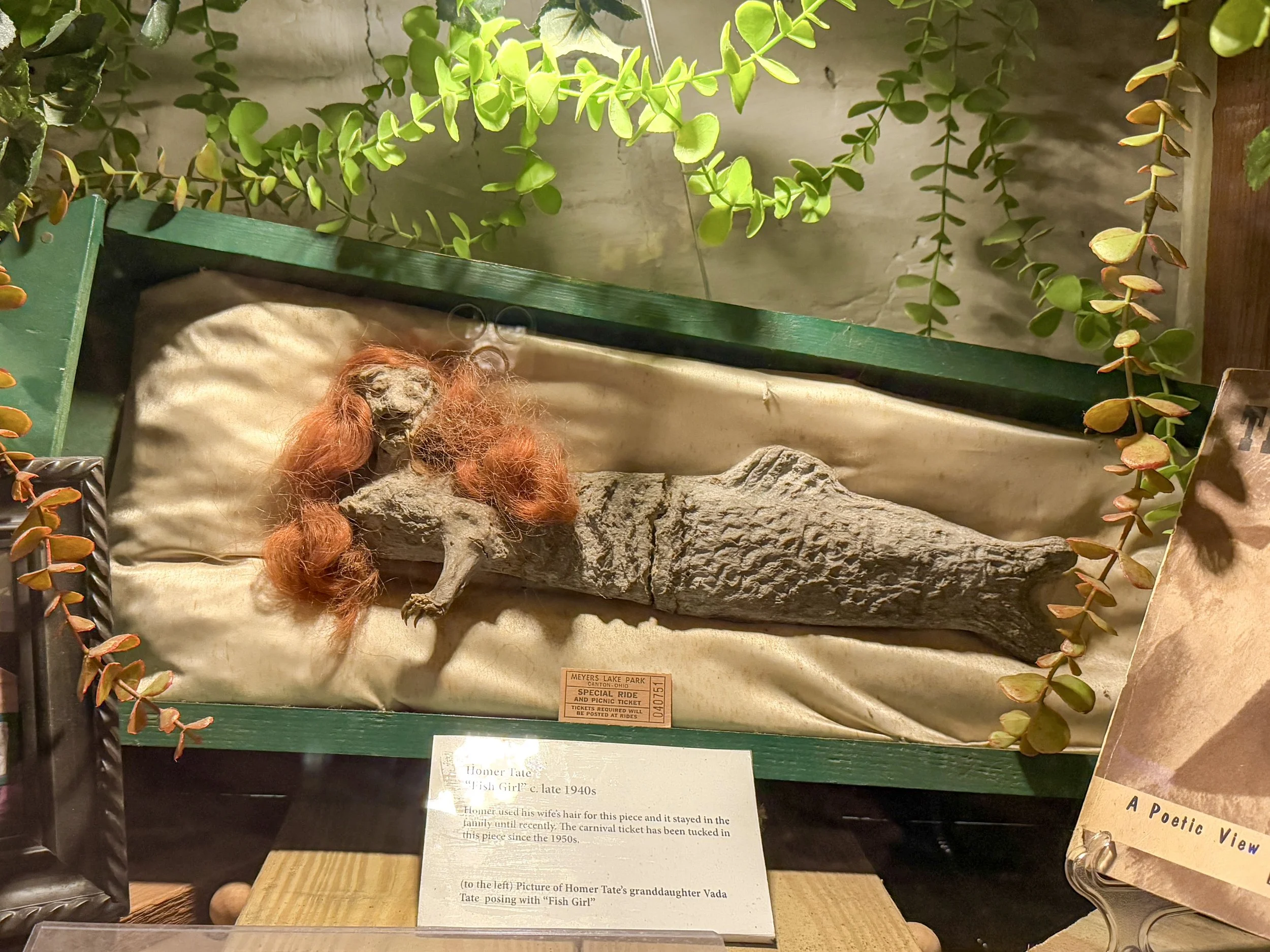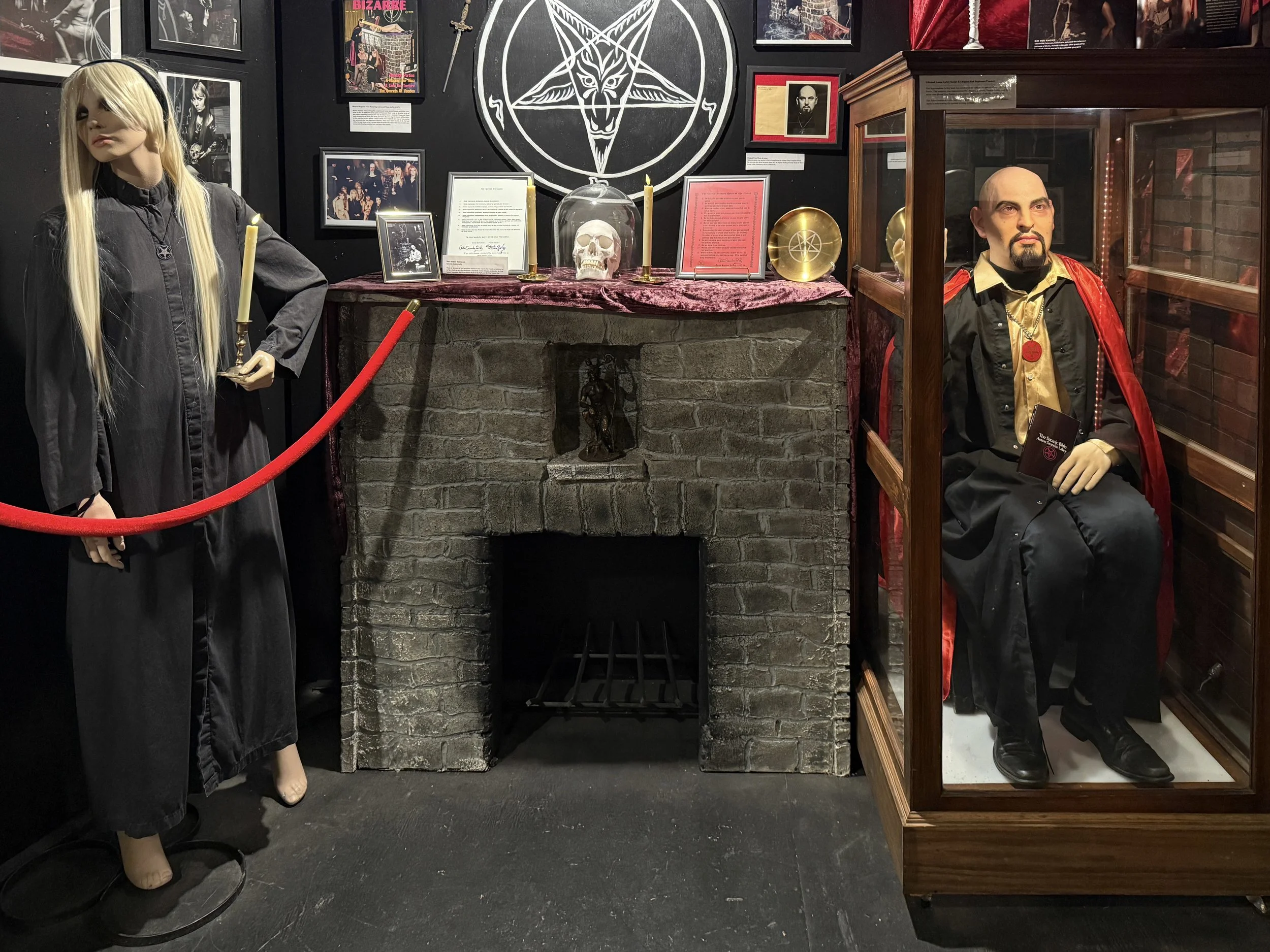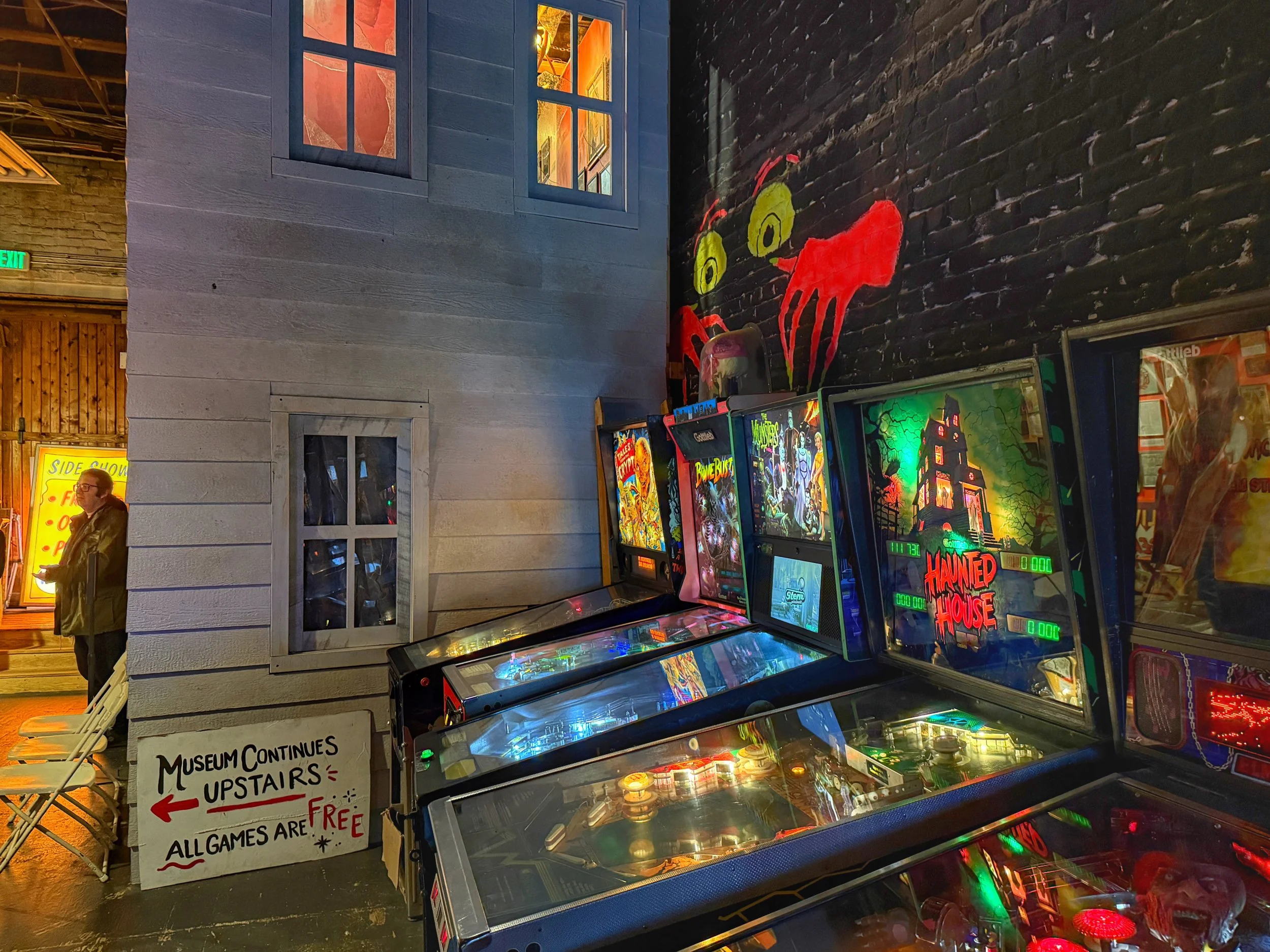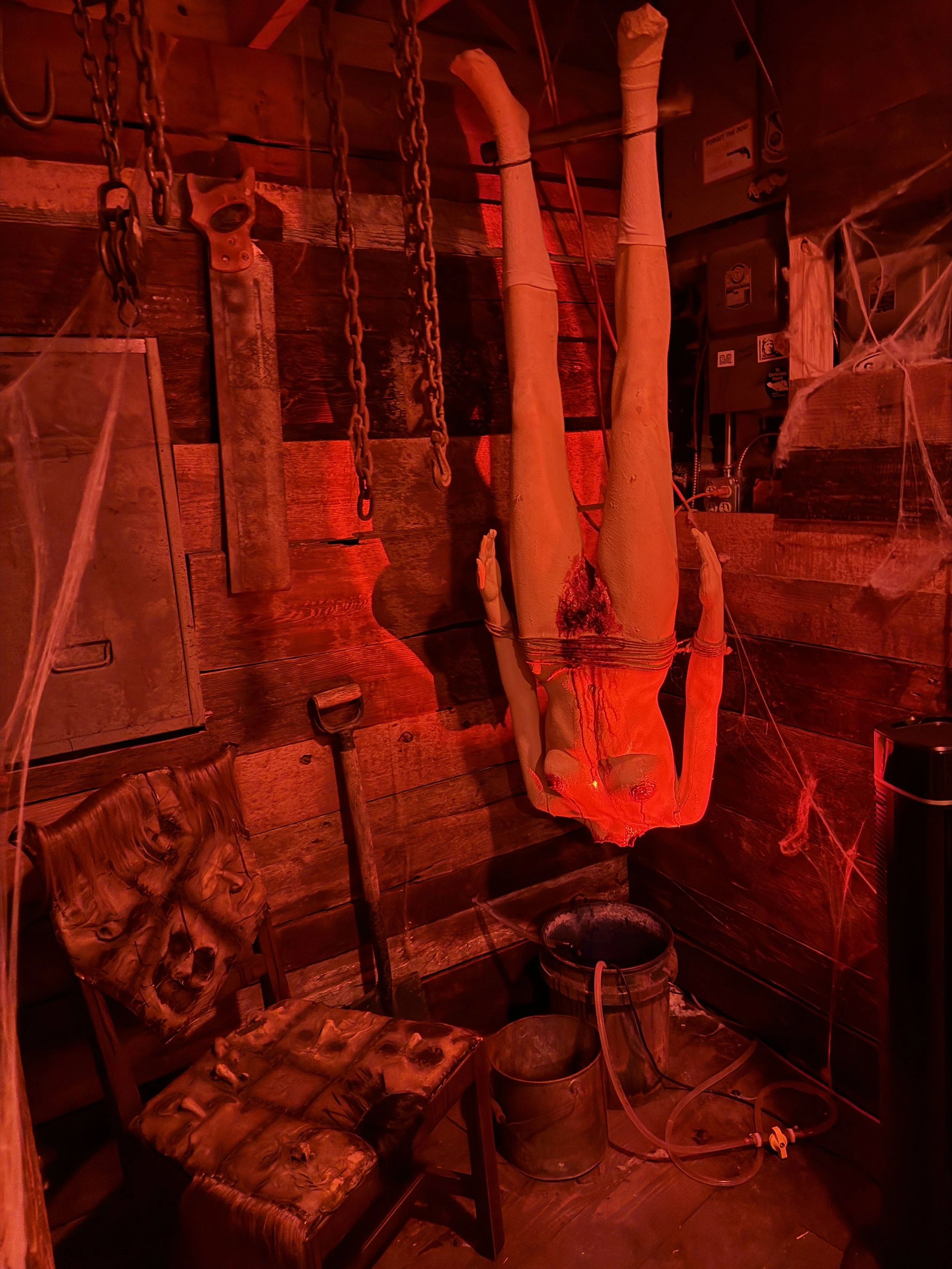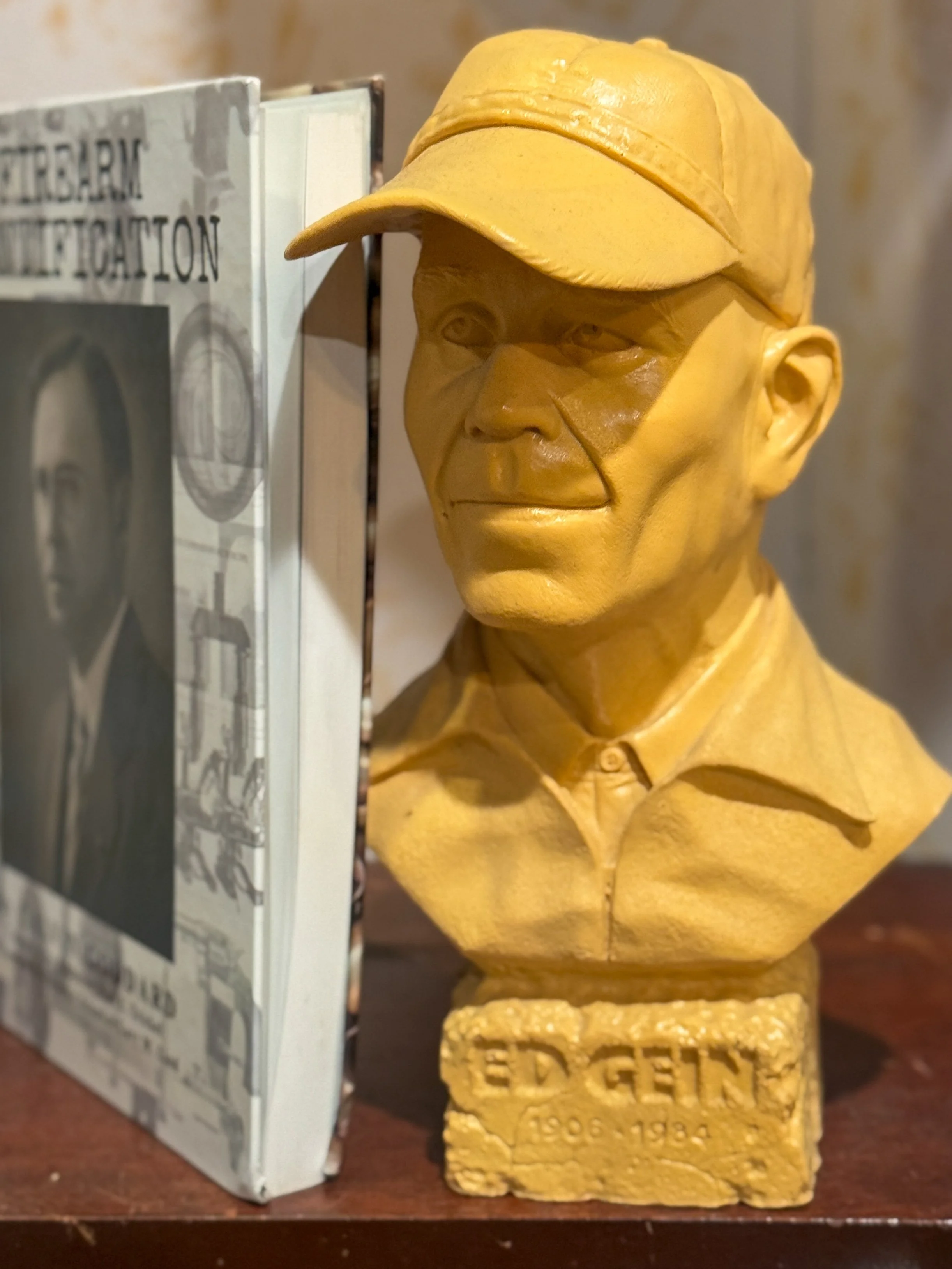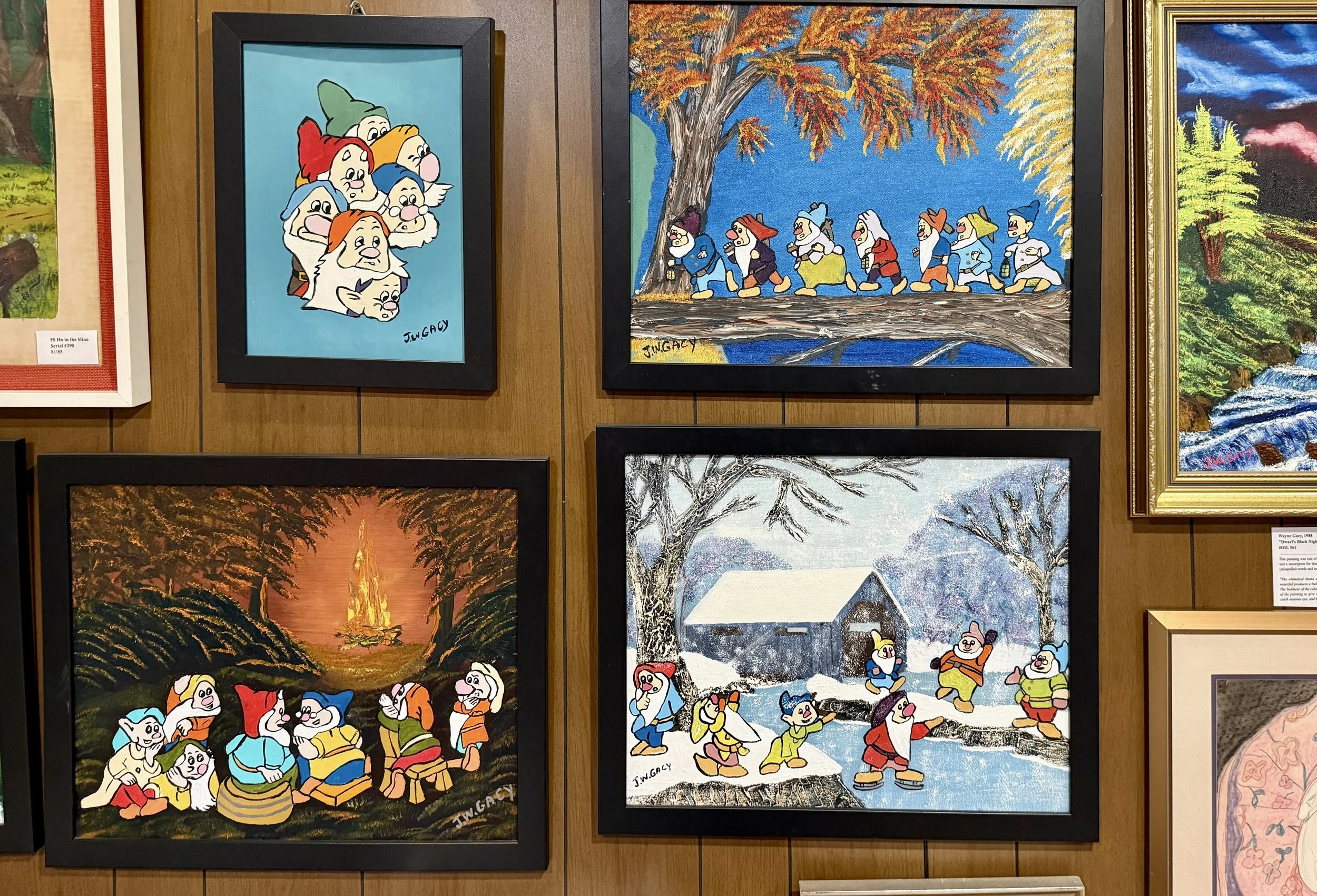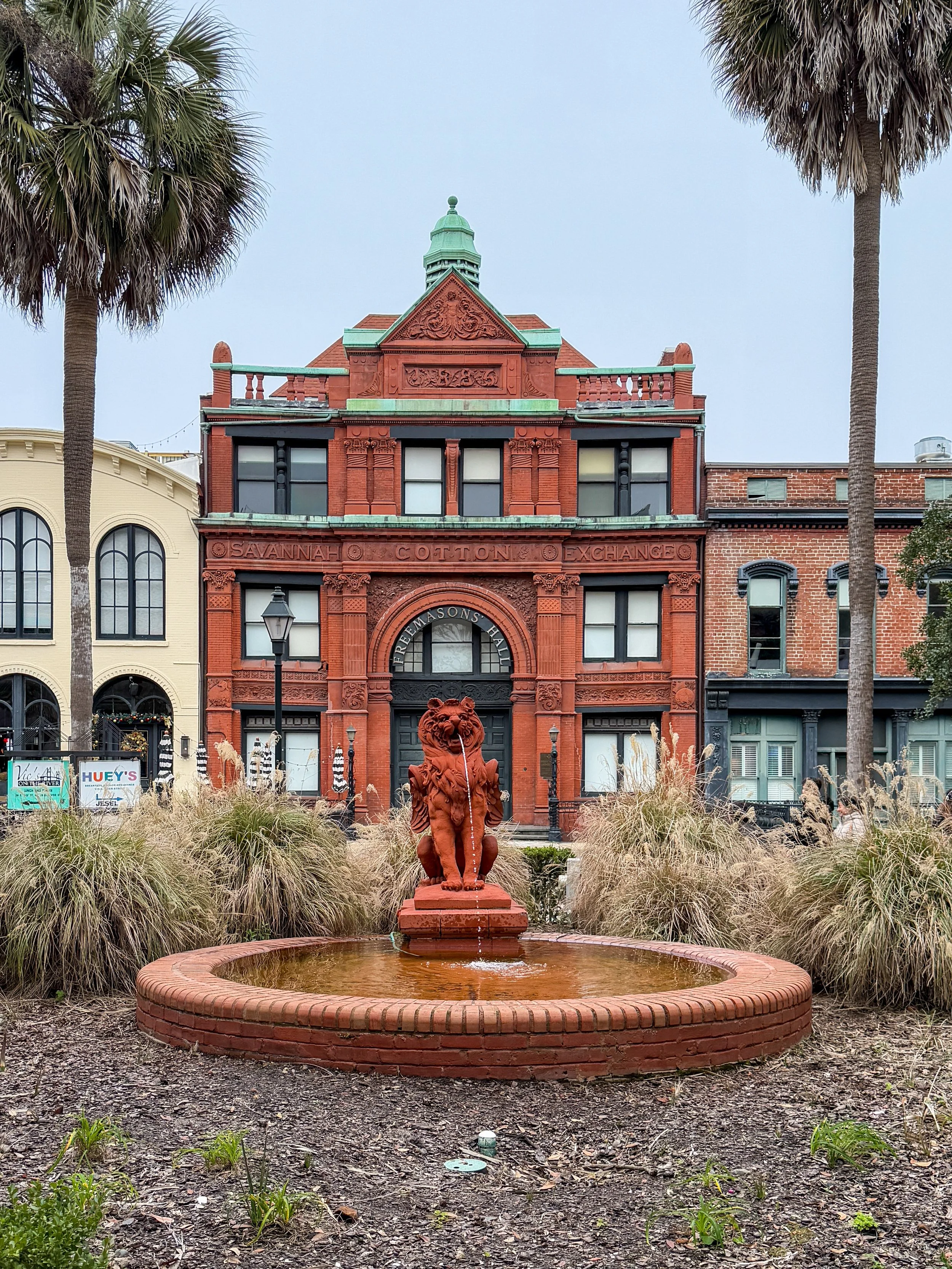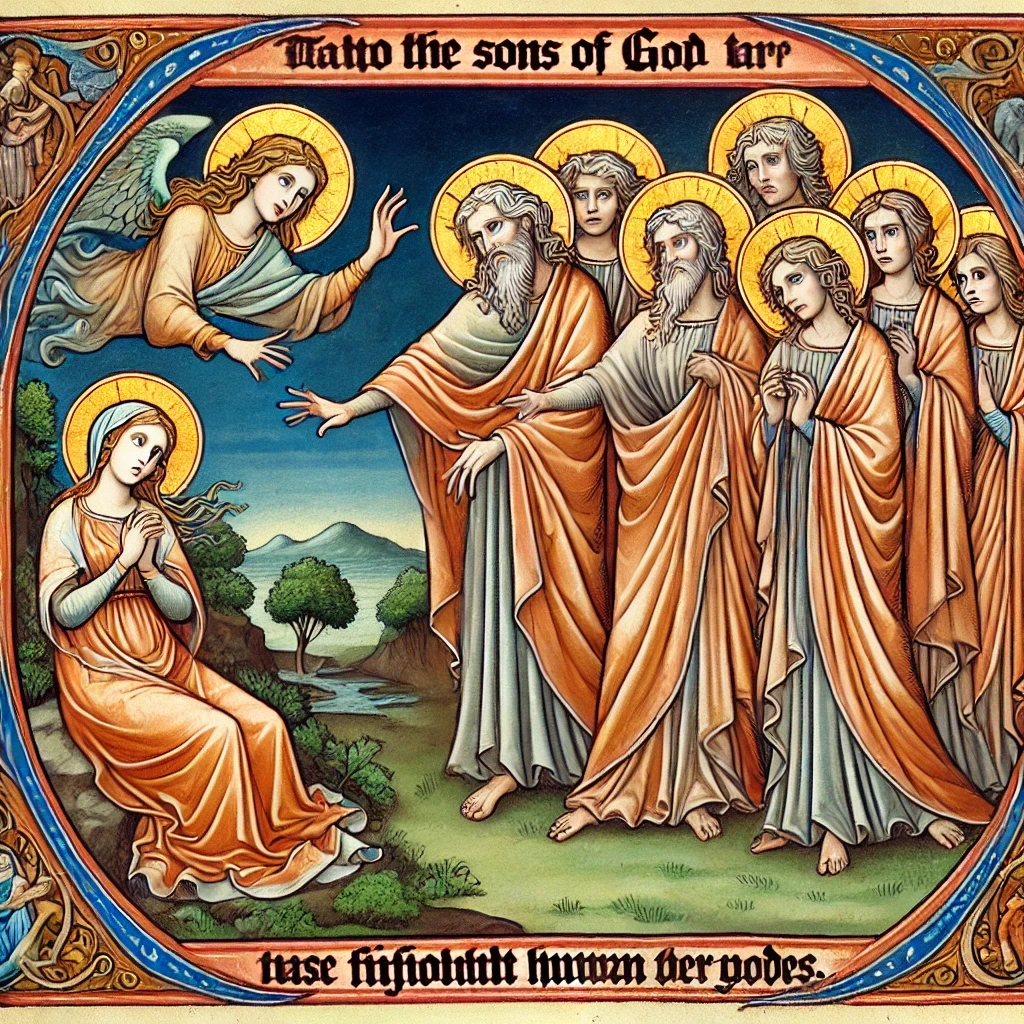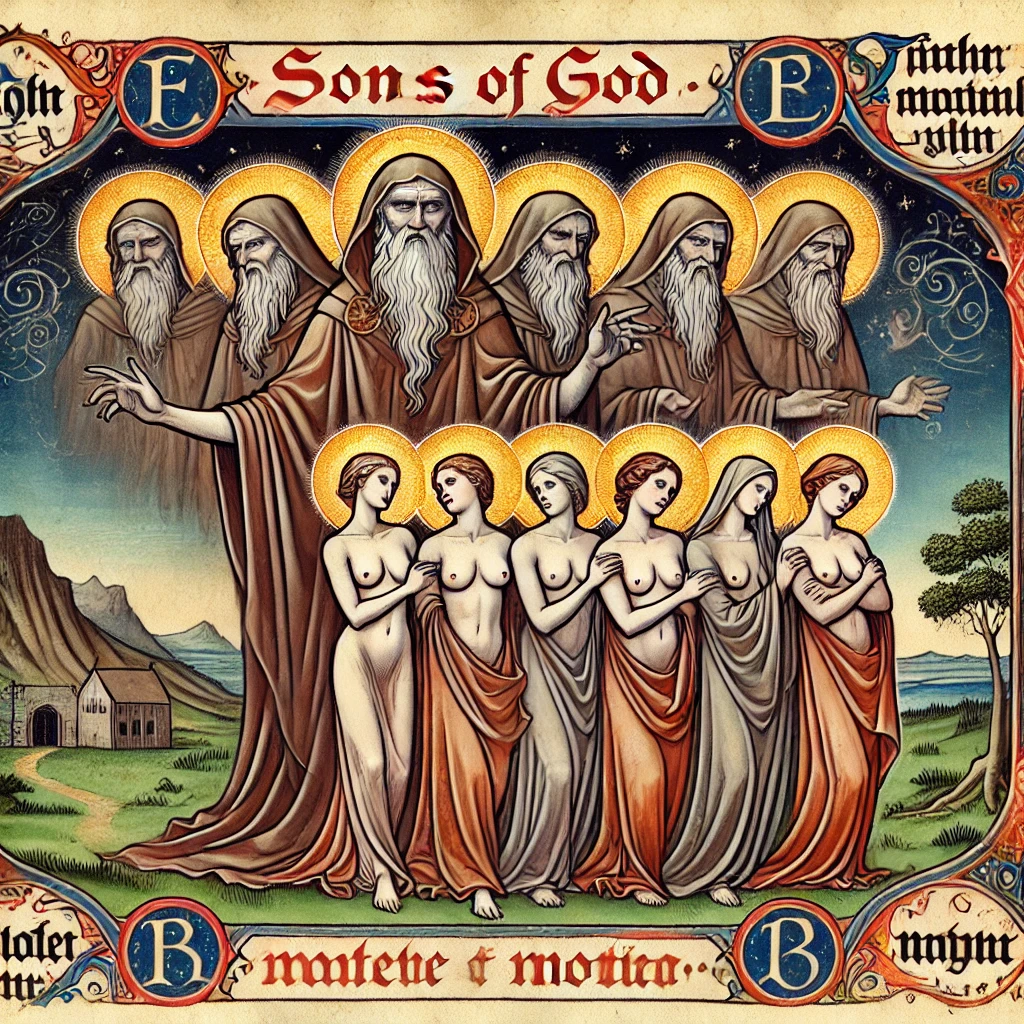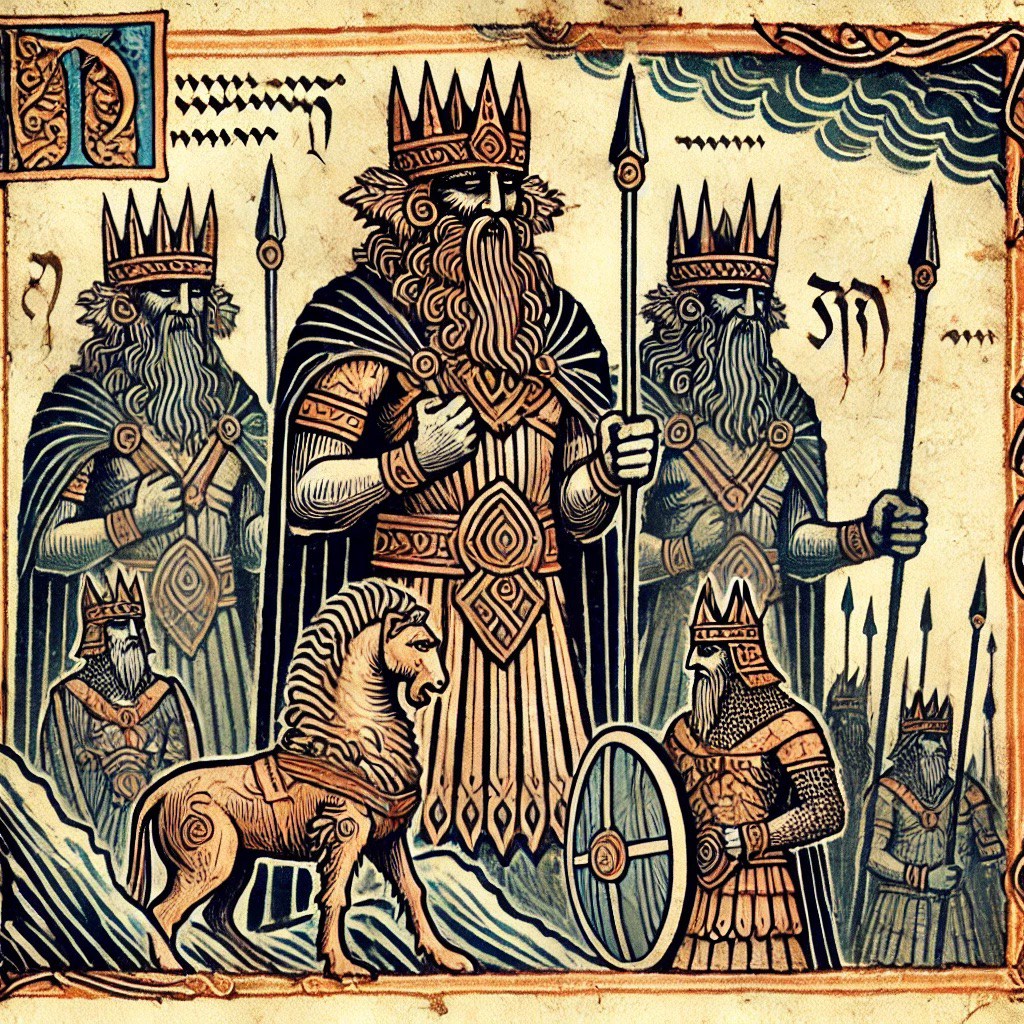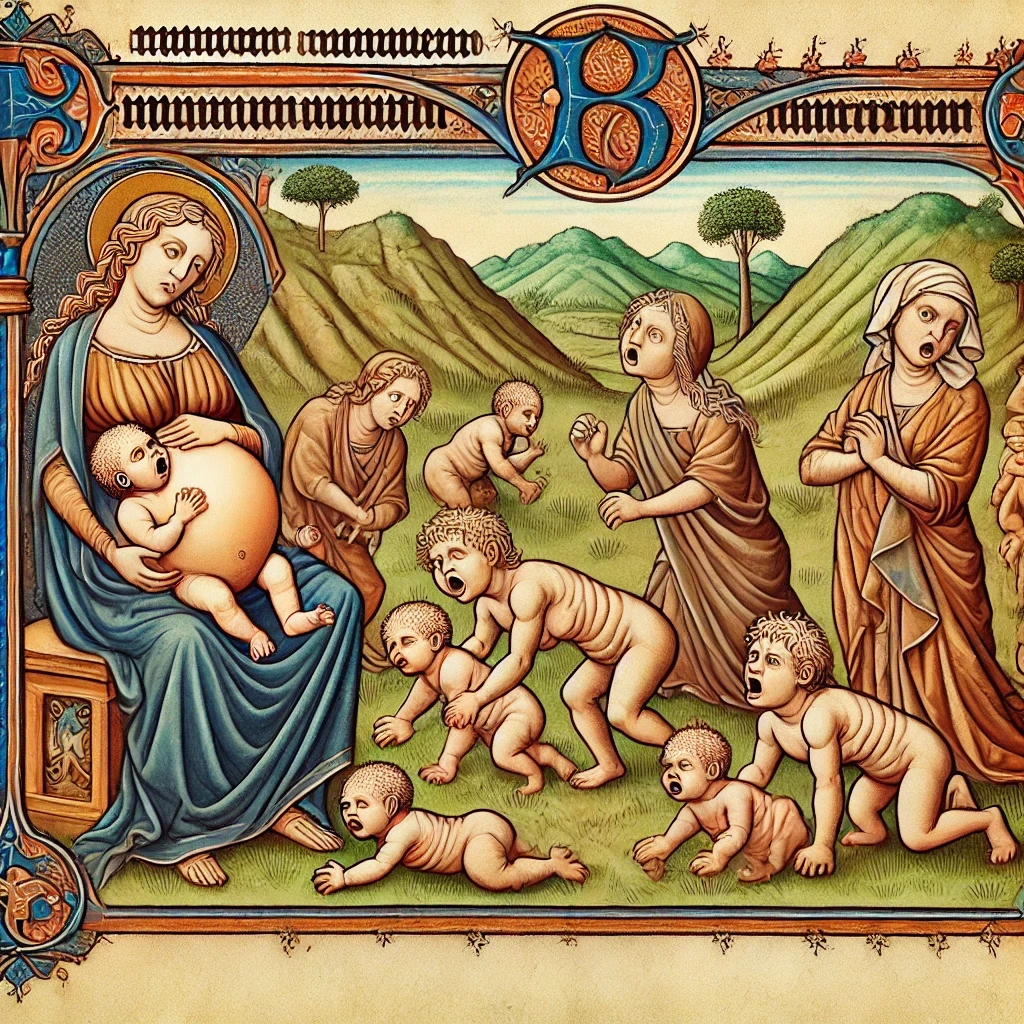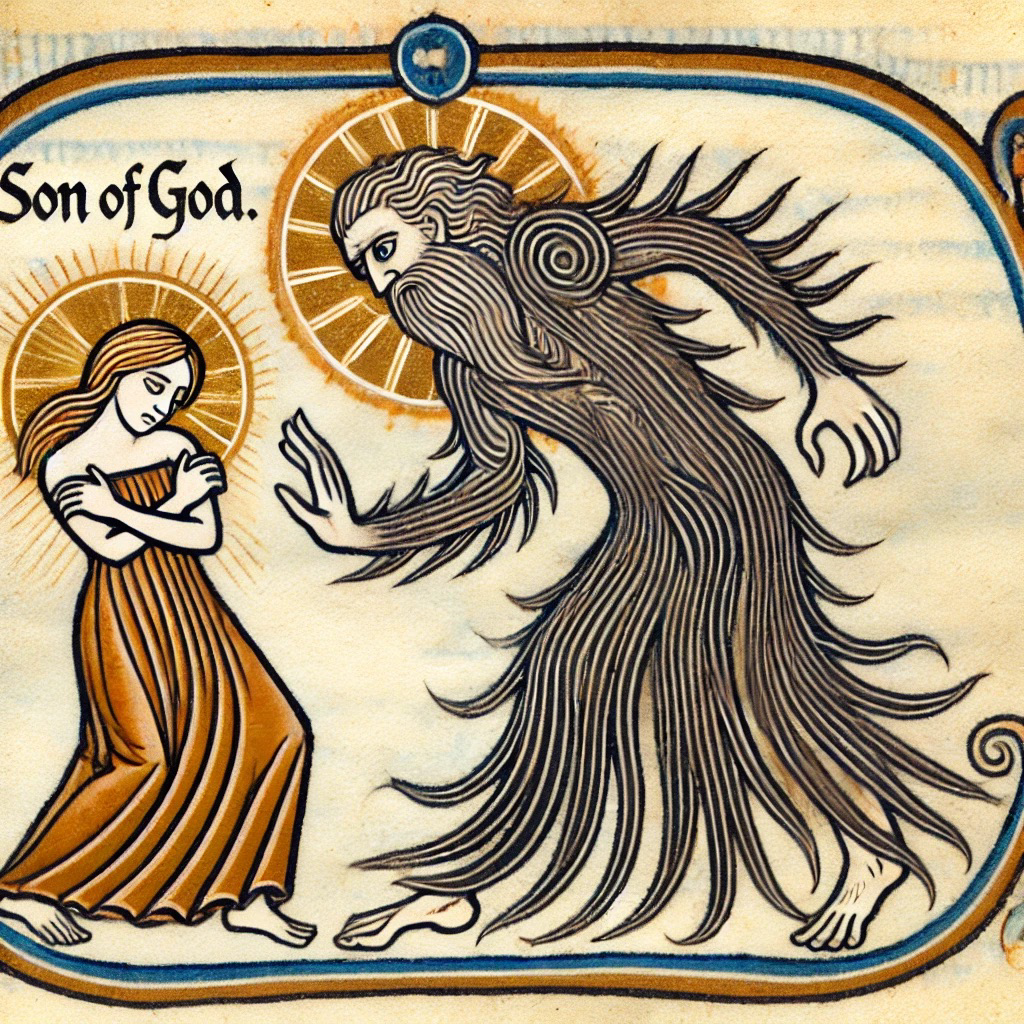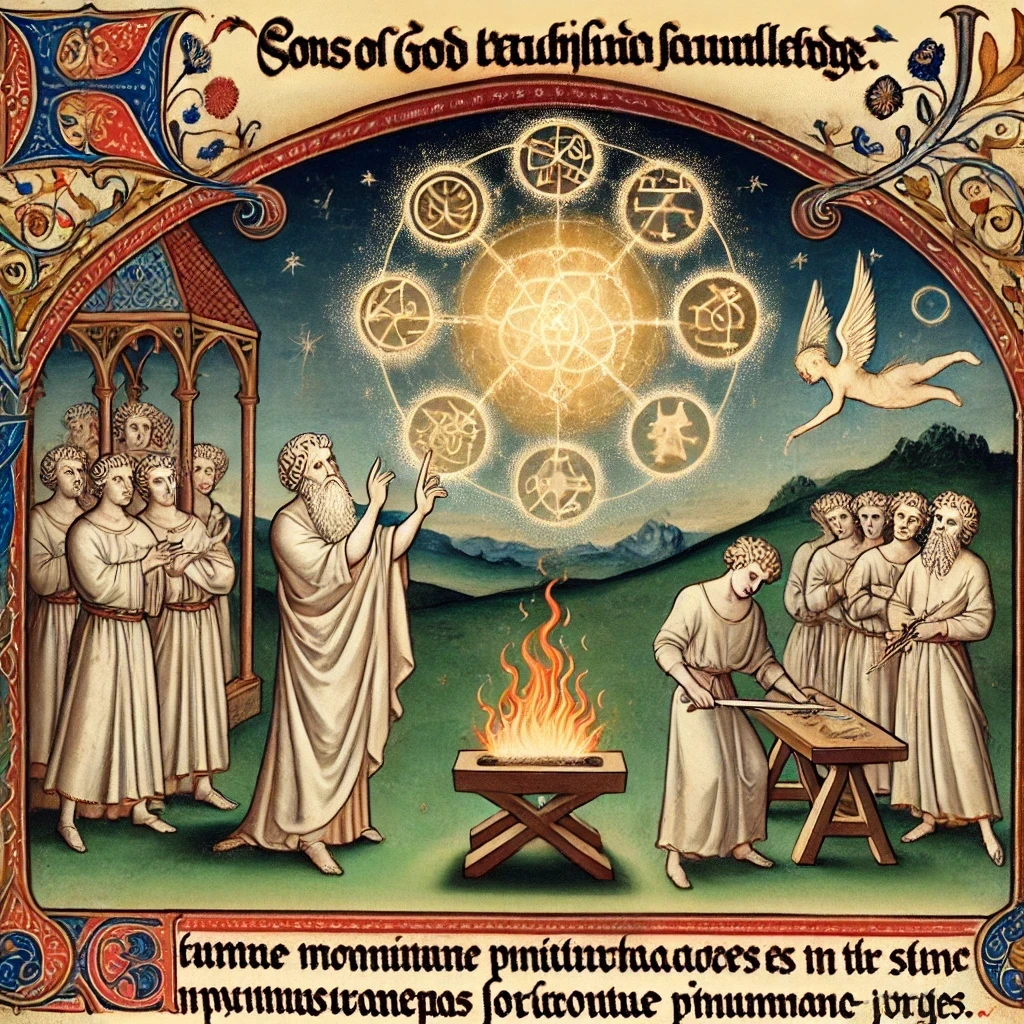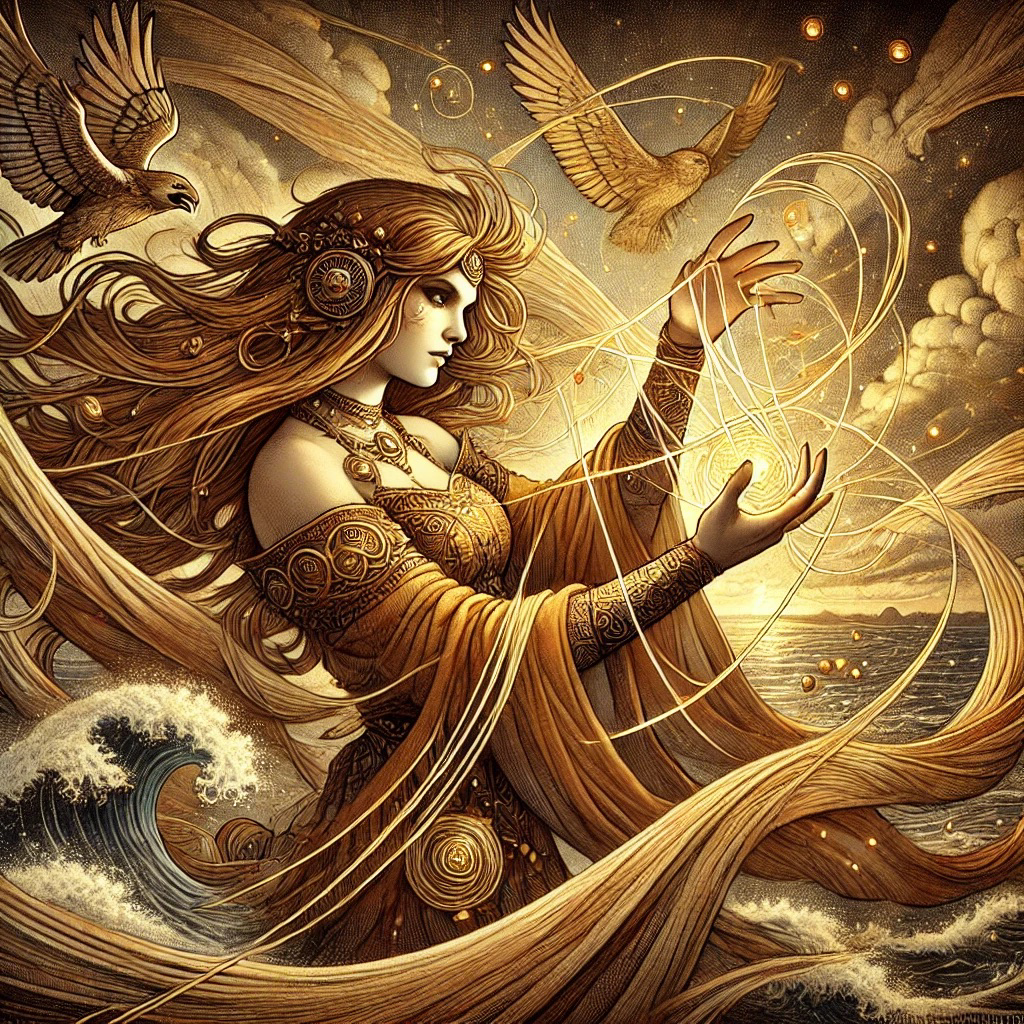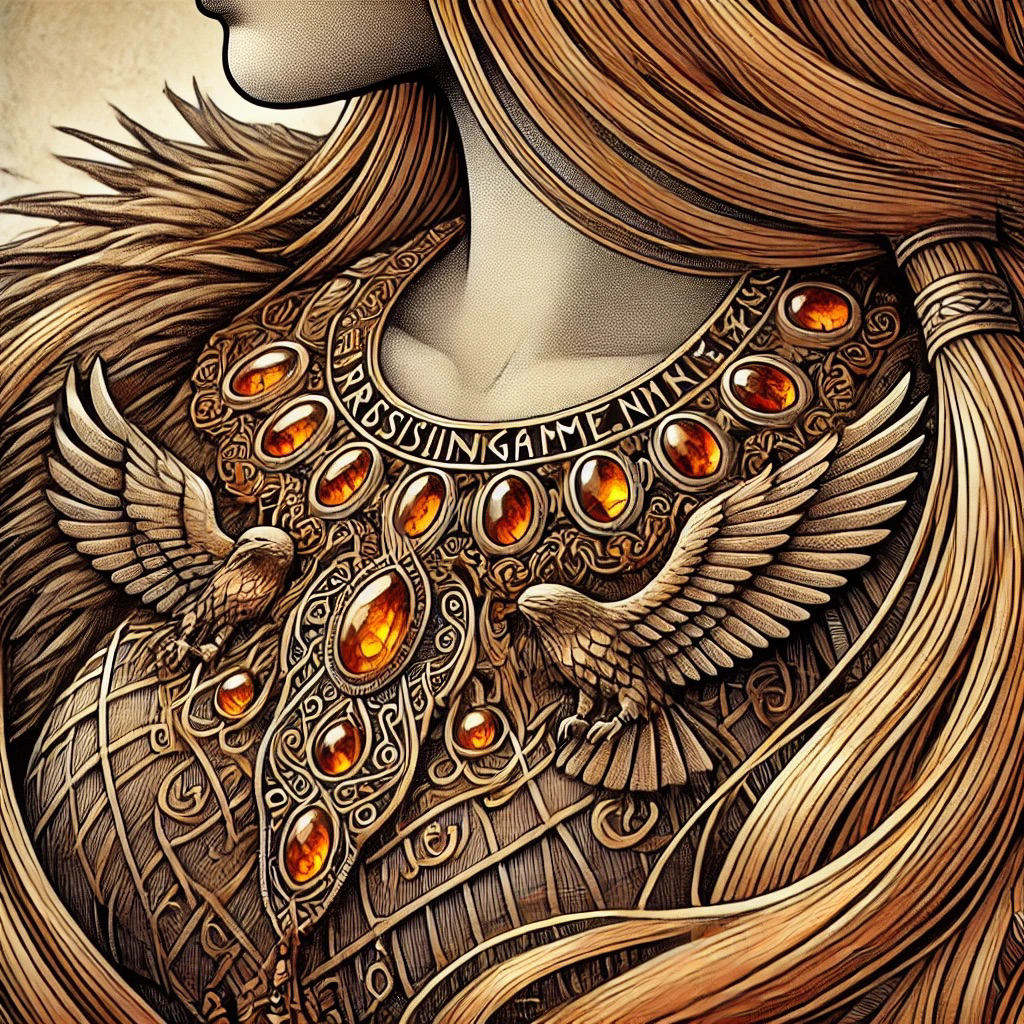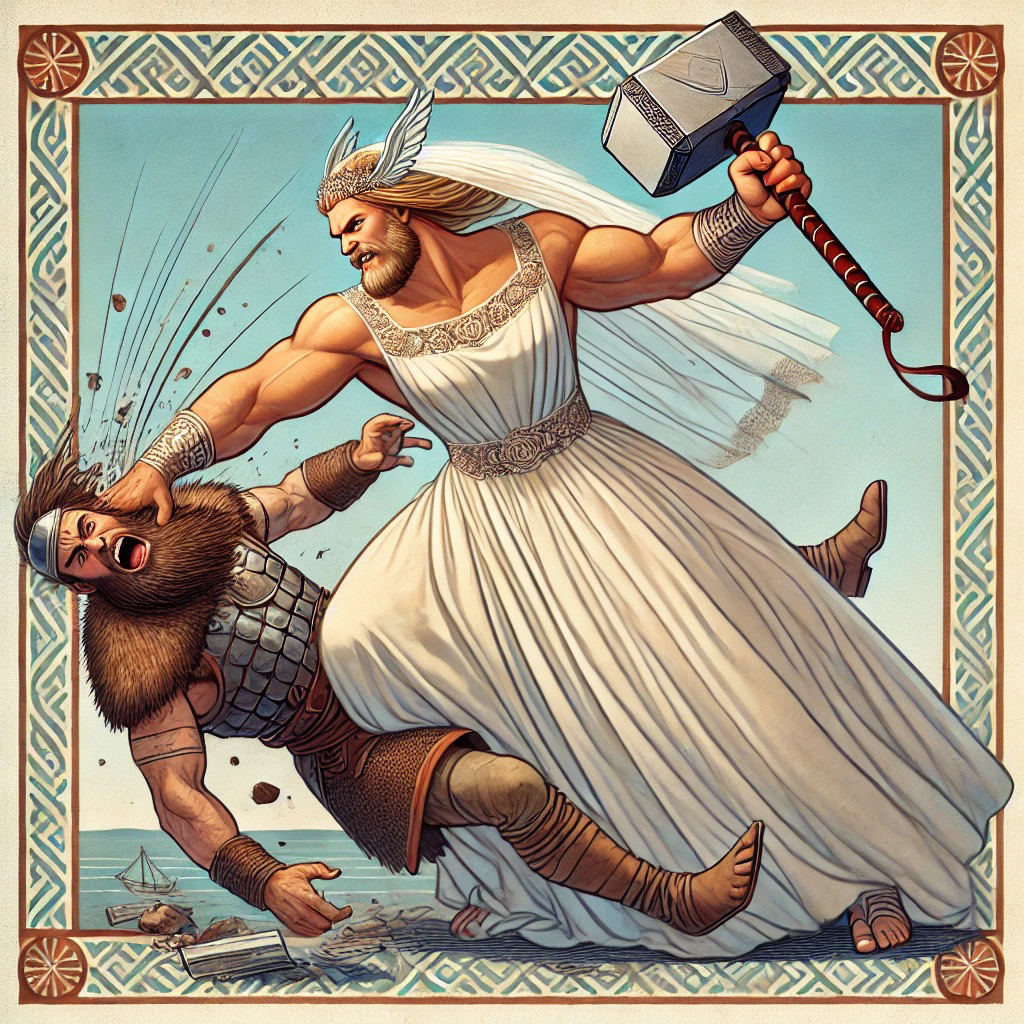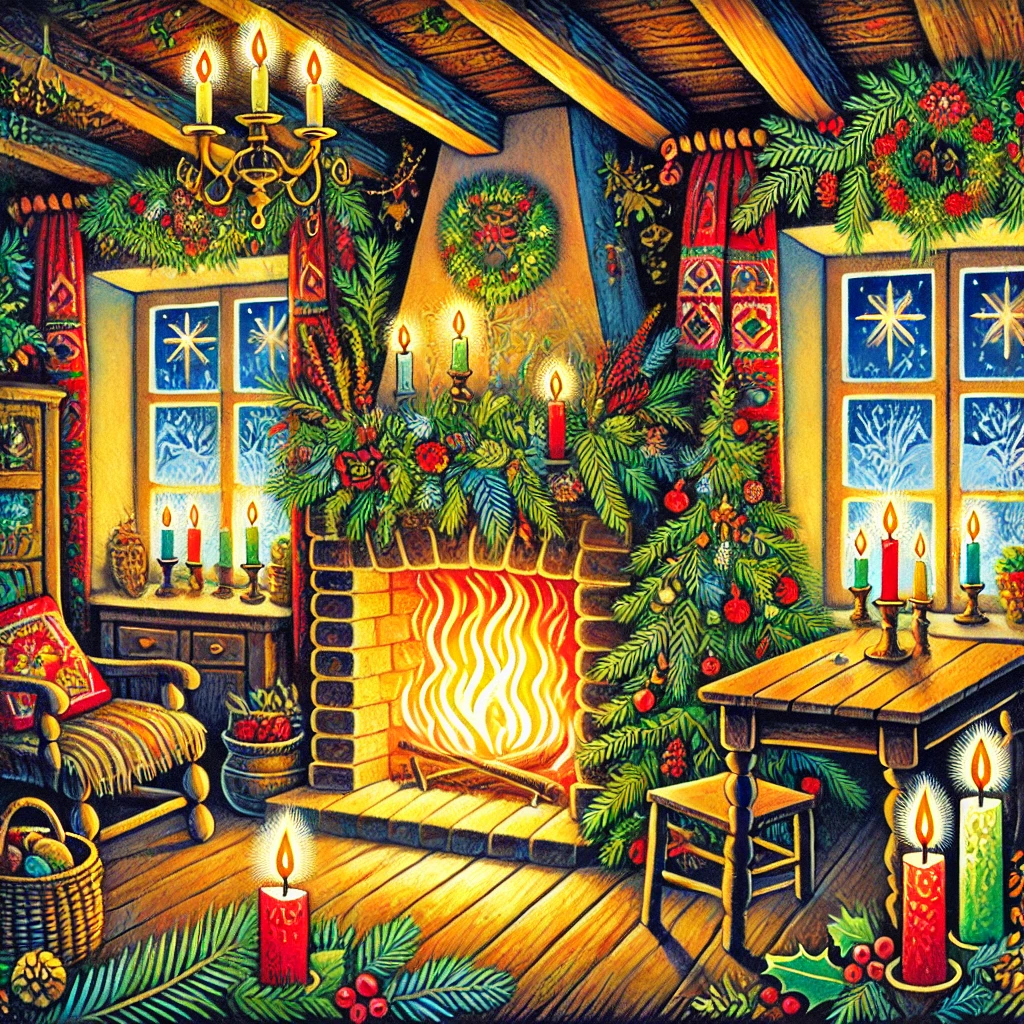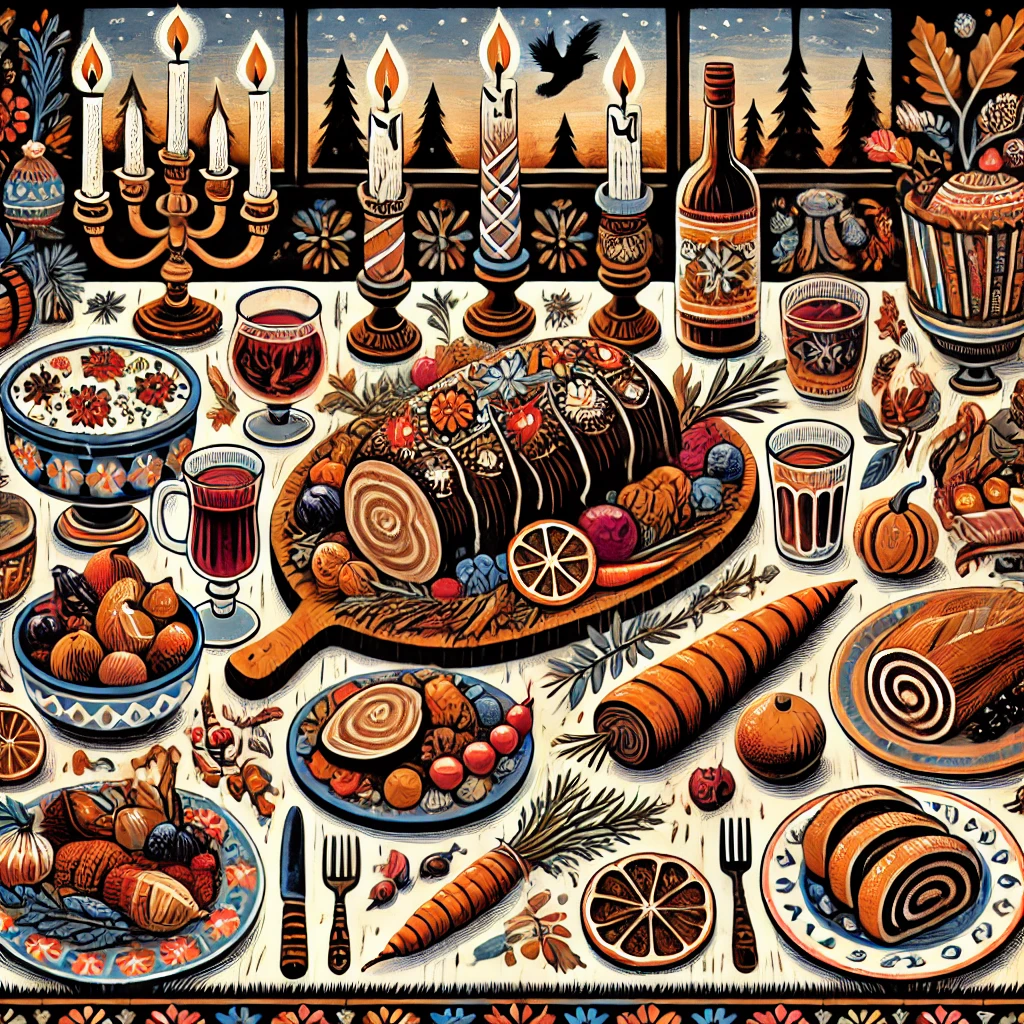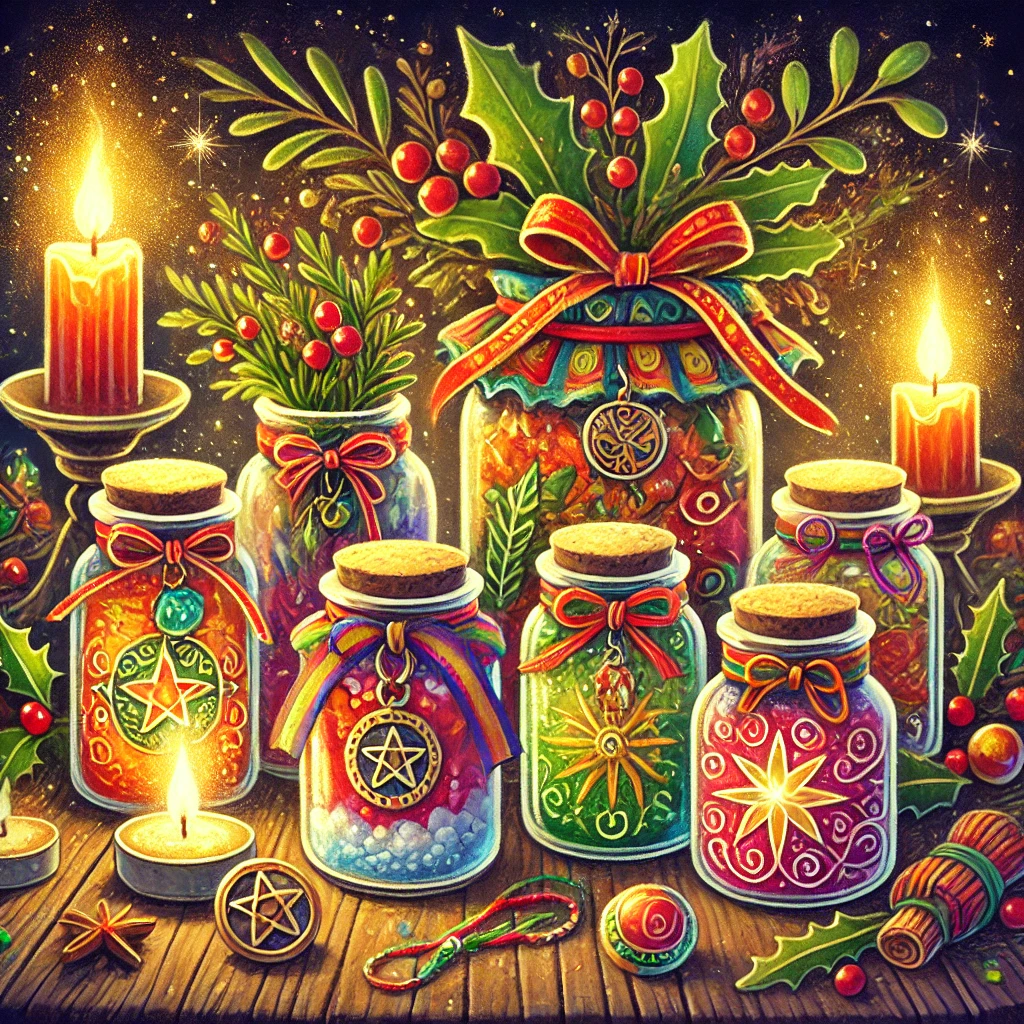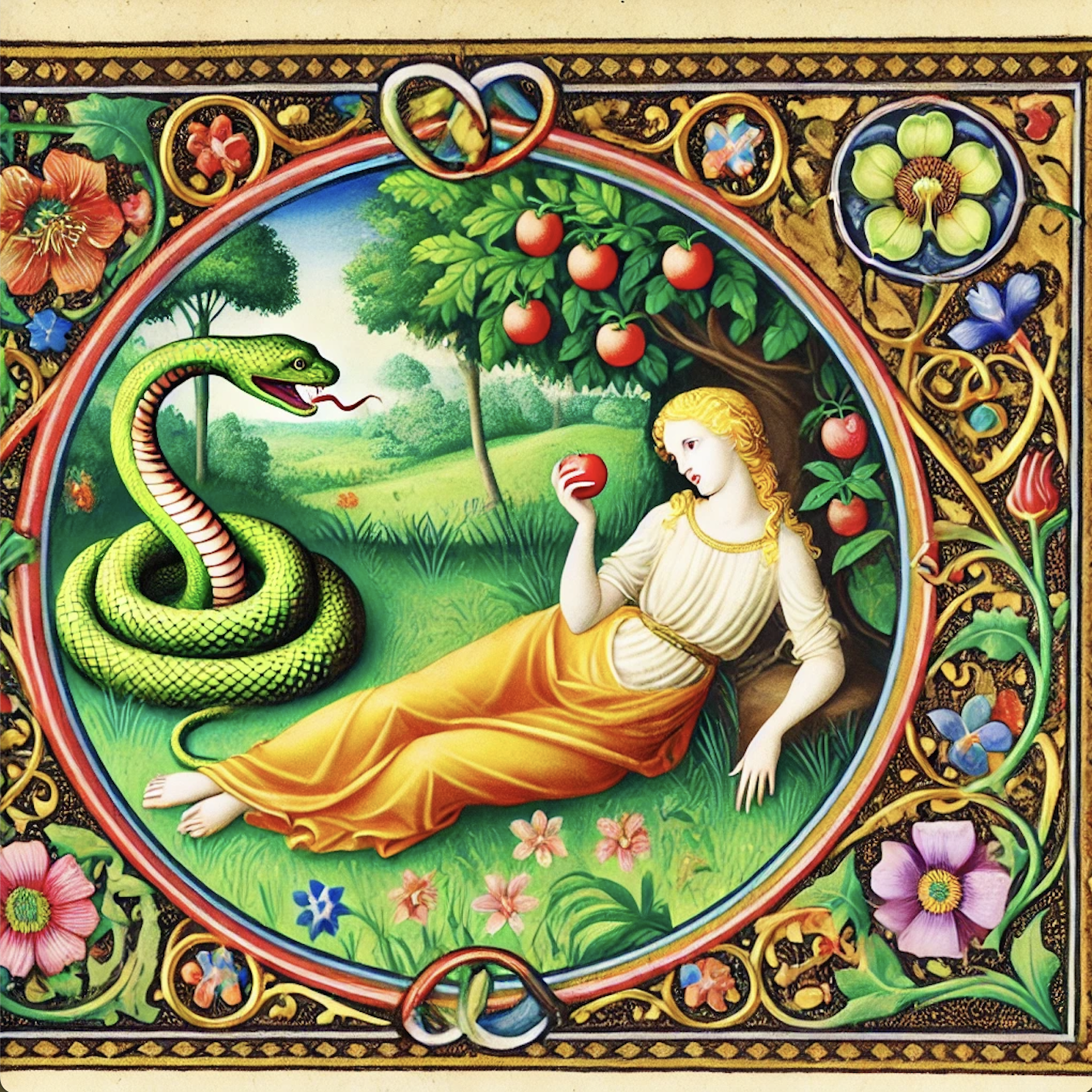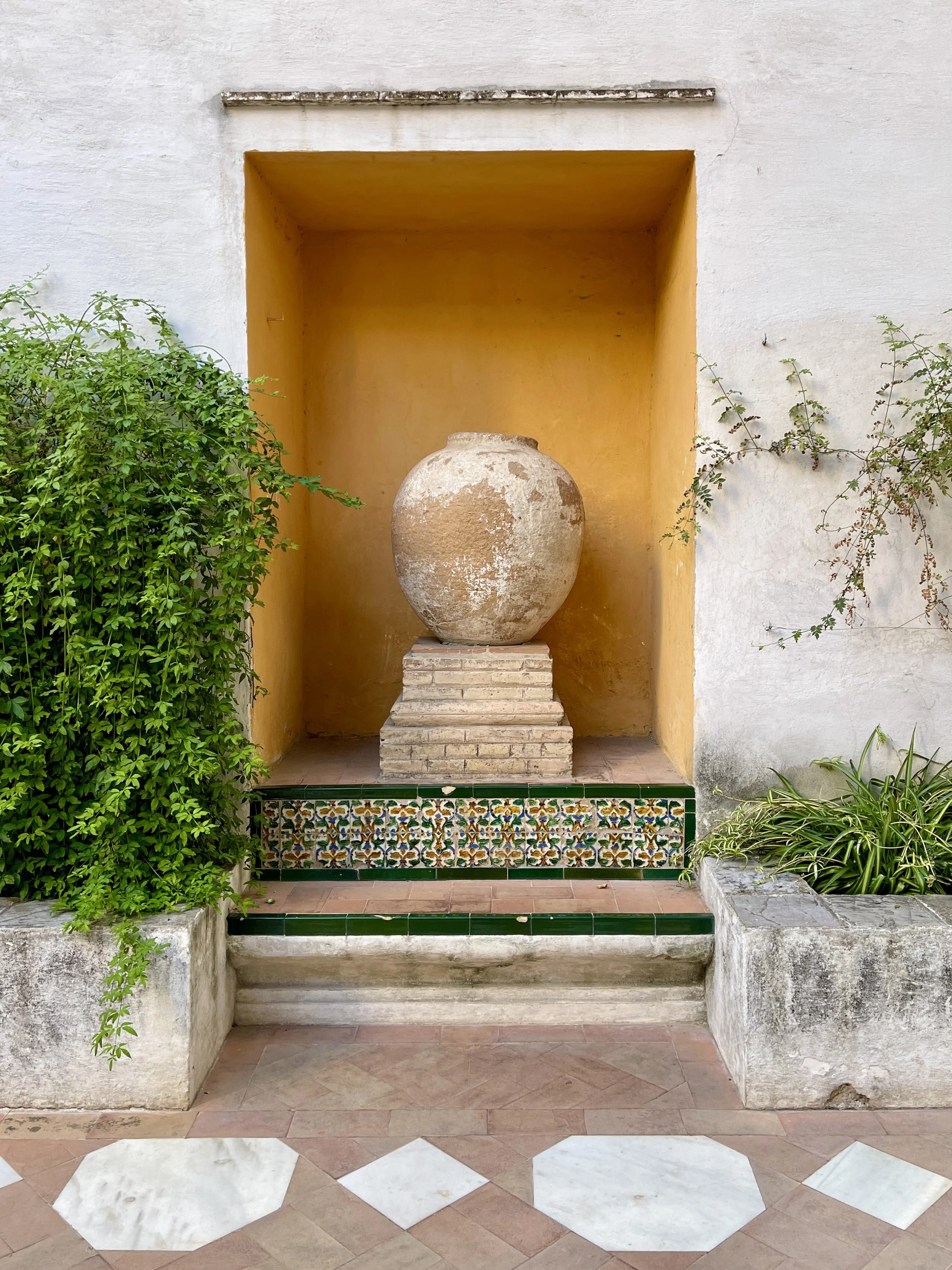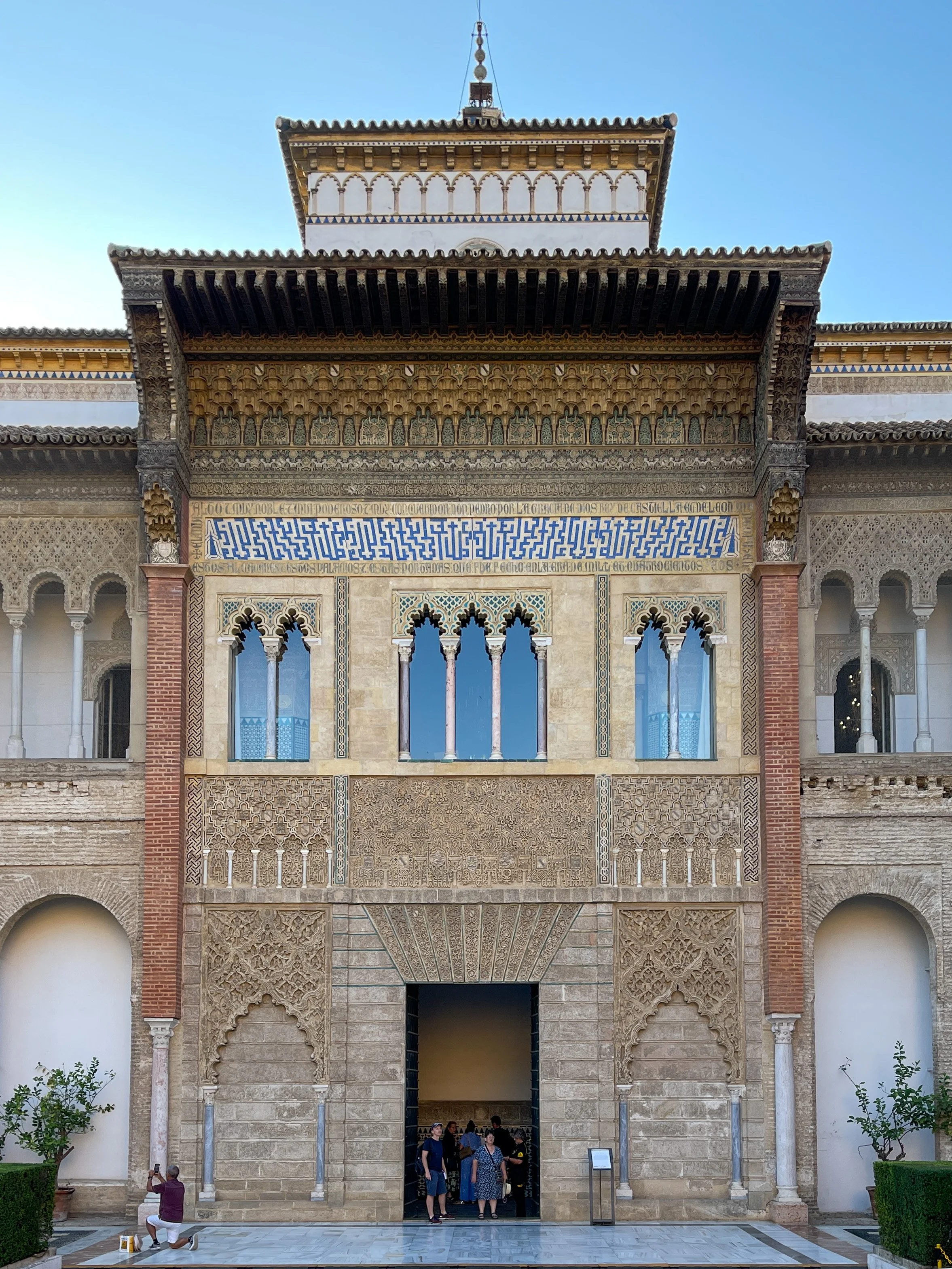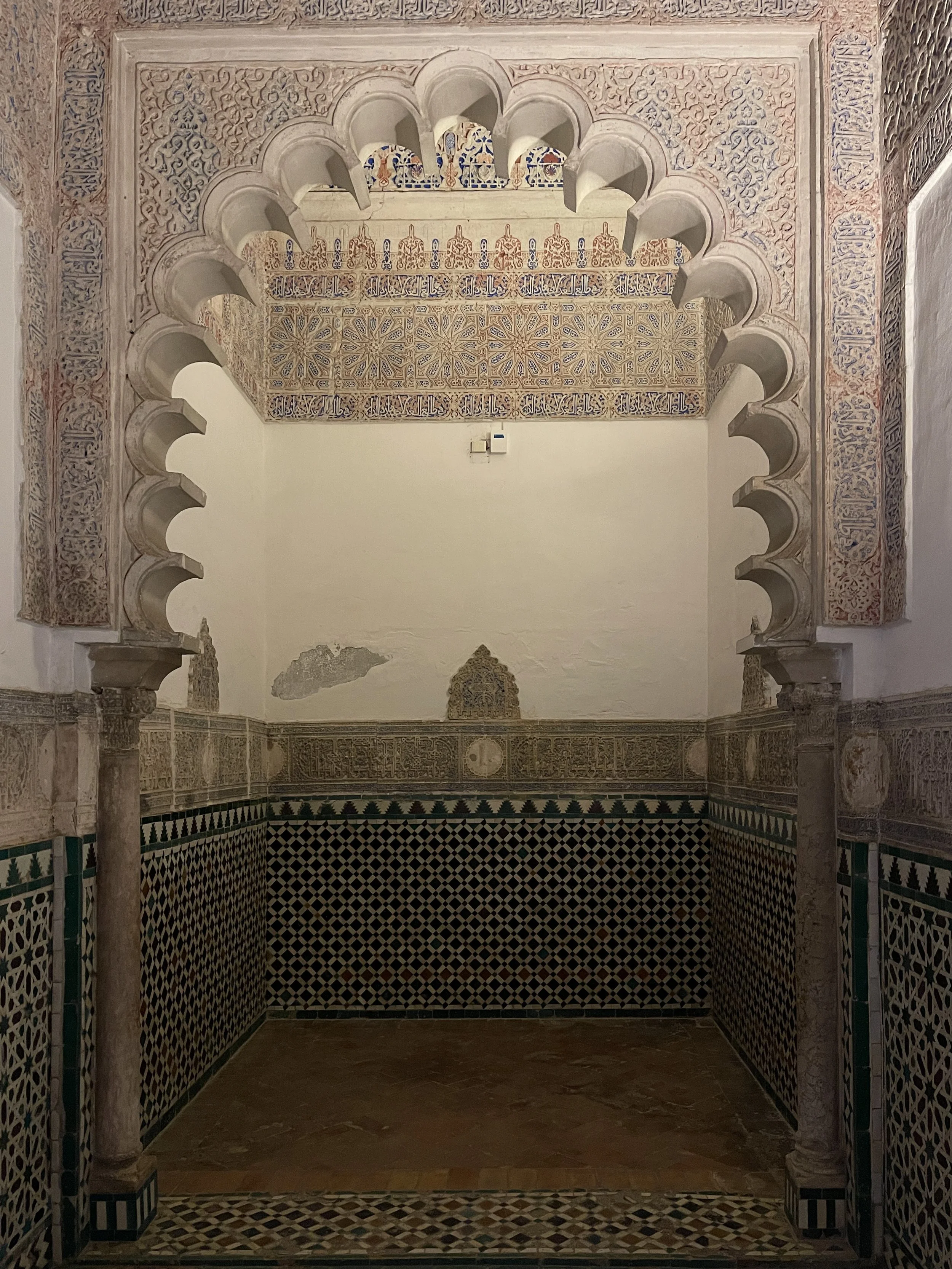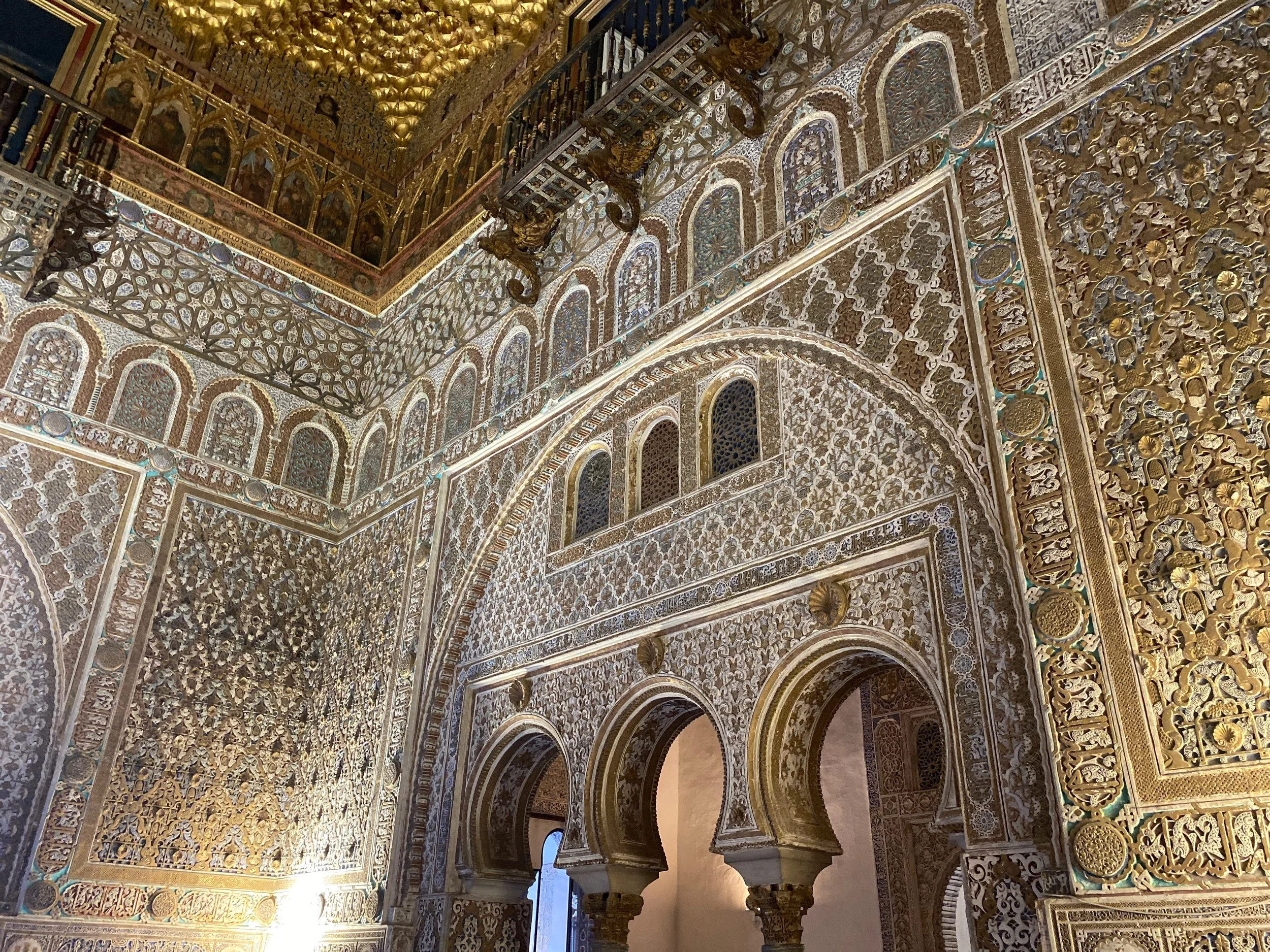Was the story of Noah’s Ark a real global flood, borrowed myth or moral allegory? Explore the debates and meaning behind this ancient tale of God’s wrath and human survival.
Strip away the storybook elements of passive animals and hopeful rainbows, and what you have in the story of Noah’s Ark is a tale of despair, destruction and desperation. It’s the ultimate doomsday scenario: a world gone so wrong that the only solution is to drown it all and start over. It all started with the Fall of Man and expulsion from the Garden of Eden, followed by Cain killing Abel — and it was all downhill from there.
The ark was a lifeboat in a sea of death, carrying the last shreds of a lost world. Maybe that’s why this story has stuck around — it forces us to confront the uncomfortable truth that sometimes there’s no easy way out.
“ Is the story of Noah’s Ark a memory of a cataclysmic event, a borrowed myth retooled to fit a single-god narrative or a timeless warning wrapped in allegory?
Maybe it’s all of these at once. ”
Scholars have wrestled with this tale for ages, debating whether it’s factual history, a symbolic myth, or an ancient legend borrowed and tweaked to fit a monotheistic agenda. Let’s look at some of the more controversial theories about Noah and his ark.
The Flood Narrative: History or Allegory?
One of the biggest debates is whether this flood was truly global, drowning every mountain and valley — or simply a catastrophic local event blown out of proportion by time and retelling.
The flood account likely reflects a significant regional event — a deluge so devastating it took on mythic status, argues Kenneth Kitchen in On the Reliability of the Old Testament.
But not everyone’s buying the history angle. John Walton, in The Lost World of the Flood, sees the tale as an allegory dripping with symbolism rather than being drenched in reality. The story is best understood as an archetypal narrative, one that uses the motif of a flood to explore the relationship between God, humanity and the world. In other words, it’s less about the logistics of animal storage and more about delivering a moral gut punch.
Was There Really a Global Flood?
Essentially, it comes down to the million-dollar question: Did a flood cover every inch of the planet? Modern geology says probably not. Despite fervent searches for Noah’s Ark (we’re looking at you, Mount Ararat), the evidence just isn’t there. Geologists William Ryan and Walter Pitman suggest the story likely originates from a massive but localized deluge, such as the flooding of the Black Sea around 5600 BCE. In Noah’s Flood: The New Scientific Discoveries About the Event That Changed History, they propose that this event was so catastrophic it burned itself into cultural memory, inspiring flood myths across multiple civilizations.
Borrowed Mythology: Gilgamesh and the Biblical Flood
Much like the Garden of Eden, the Genesis flood story has a striking resemblance to the Epic of Gilgamesh, which hit Mesopotamian bestseller lists centuries before Noah ever built his ark. In both, a divine figure warns a righteous man about an impending flood, instructing him to build a boat and save the animals.
Essentially, the evidence shows the biblical authors took an old tale, stripped it down and rebuilt it with a monotheistic engine under the hood. No need for a pantheon of bickering gods — just one all-powerful deity making a divine point.
Why Did God Cause the Flood? A Divine Temper Tantrum?
The story of Noah’s Ark is often presented as a tale of divine judgment, where the wickedness of humanity becomes so unbearable that God decides to hit the cosmic reset button. But let’s pause and consider this for a moment: Wiping out nearly every living being on Earth seems, well, a bit extreme, doesn’t it? Surely there must have been a less apocalyptic solution. So, why did God do it?
One could argue that the Flood was a manifestation of divine frustration — a sort of celestial temper tantrum. The ancient world was full of tales where God acted out of anger, jealousy or spite (often enlisting the monsters of the Bible to do his dirty work), and perhaps the Flood is another contribution to this tradition.
In God: A Biography, Jack Miles suggests that the God of the Old Testament is still figuring things out, developing his character, so to speak. This was early in his divine career, and perhaps he hadn’t yet learned the art of conflict resolution without resorting to mass destruction.
Another controversial take comes from the notion that the Flood wasn’t merely about punishing sin but rather about purification, a sort of cosmic detox. Humanity (and perhaps that mysterious race of Nephilim), in its moral decay, had become so corrupt that a full cleanse was deemed necessary.
Some scholars, like Jonathan Kirsch in The Harlot by the Side of the Road, suggest that the Flood story serves as a dramatic metaphor for the removal of moral pollution. The message here might be that extreme problems sometimes require extreme solutions — even if that means wiping the slate clean in the most literal sense.
And, of course, there’s the view that the Flood reflects the idea of collective punishment — a controversial concept to say the least. The innocent perish along with the guilty, a notion that seems at odds with modern ideas of justice. Yet, in the ancient world, where the actions of one could bring consequences upon many, this might have seemed entirely reasonable. Perhaps this is less a story about a wrathful God and more a reflection of the harsh realities of ancient life, where survival often came at the cost of others.
The Ark: Feasible Ship or Impossible Fantasy?
OK, let’s talk logistics. Could Noah’s Ark — roughly 450 feet long, 75 feet wide and 45 feet high — really house two of every species, plus food and water? Some engineers argue the boat’s dimensions are surprisingly seaworthy. In The Genesis Flood, Robert Briscoe claims the ark’s proportions would hold up even by today’s standards.
But others are quick to point out the obvious: A literal interpretation runs aground when you consider how many species you’d have to accommodate.
Some scholars argue that the Genesis story refers to broader categories rather than every specific species. Carol Hill explains in A Worldview Approach to Science and Scripture, that the word “kind” in the Hebrew Bible isn’t a technical term for species, but rather a more general grouping, perhaps closer to what we might consider families or genera.
This might reduce the total number of animals to a manageable few thousand. Some literalists have suggested that young animals were chosen to save space and resources, as juveniles require less food and produce less waste.
Of Poop and Predators
Speaking of, the Ark was no small undertaking. Housing and sustaining thousands of animals for an extended period would challenge even modern engineering. Yet literalists argue it was feasible — with some creative problem-solving and, perhaps, divine intervention.
As for feeding this floating zoo, Henry Morris in The Genesis Record suggests that Noah and his family could have stored compact, long-lasting food like grains and dried meat. Carnivores could have been sustained on preserved foods, while herbivores would have been fed hay or something similar. This doesn’t eliminate all logistical challenges, but it helps the story hold together.
Sanitation is another frequently raised issue. Literalists propose that Noah’s Ark may have included simple yet effective waste management systems, like sloped floors to channel waste into designated areas.
Some even suggest that God put the animals in a state of torpor (similar to hibernation), which would have reduced their movement, food intake and waste production. Lack of evidence aside, it could also explain how the animals all seemed to get along, and Noah’s Ark didn’t turn into a bloodbath.
But the challenges extend beyond the Ark itself. Critics like William Stansfield in Science of Evolution cite the absence of evidence for the migration of species like kangaroos from the Middle East to Australia. Geneticists, including Francisco Ayala, have also pointed out that the severe bottleneck caused by such a small animal population would have led to genetic collapse in most species.
A Covenant of Survival: Rainbow or Repentance?
After the flood subsides, the skies clear, and a rainbow splashes across the heavens. It’s a warm and fuzzy moment — but there’s more going on here than just a colorful weather phenomenon. Claus Westermann, author of Genesis 1-11: A Continental Commentary, sees the rainbow as a divine apology of sorts: The rainbow represents not just a promise, but a shift in the divine-human relationship — a move from destruction to preservation.
But hold the applause. Terence Fretheim argues the real takeaway isn’t just that God put away the smite button; it’s that humans are now on notice. The covenant is conditional, based on humanity’s moral conduct, shifting the focus from divine mercy to ethical living — with the threat of annihilation held over our heads if we don’t behave.
Flooded With Interpretations
The story of Noah’s Ark is like the Flood itself — overflowing with meaning, historical puzzles and theological depths. Is it a memory of a cataclysmic event, a borrowed myth retooled to fit a single-god narrative or a timeless warning wrapped in allegory? Maybe it’s all of these at once.
But one thing’s for sure: This ancient narrative refuses to be boxed in. It has flowed through centuries, from ancient clay tablets to modern debates, each generation finding alternative meanings or raising new questions. Whether you approach it as fact or fiction, one truth remains: Noah’s Ark keeps sailing through our collective imagination, steering us toward reflections on faith, morality and what it means to endure life’s storms. –Wally














